The 1940s was a decade that reshaped the Macy’s Thanksgiving Day Parade, pausing the tradition for war and then reintroducing it as a nationally televised symbol of American life. The parade’s journey through these ten years reflected the nation’s own experience with conflict and post-war celebration.
The War Effort Halts the Celebration
Following the attack on Pearl Harbor and the United States’ entry into World War II, the parade was suspended. The 1941 parade was the last one held for several years. In a gesture of patriotism, Macy’s canceled the event for 1942, 1943, and 1944.
The reasons were practical and symbolic. The war effort required massive amounts of rubber and helium, the two key materials needed for the parade’s famous giant balloons. Macy’s donated its entire fleet of rubber balloons to the military. Over 650 pounds of scrap rubber from beloved characters like the Tin Man and the Mighty Dragon were turned over to the government to be repurposed for items like life rafts and military vehicle tires.
A Triumphant Return in 1945
With the war over, the Macy’s Thanksgiving Day Parade made its triumphant return on November 22, 1945. The event was a massive public celebration of peace and the return to normalcy. The parade marched down a new, officially established route that it would follow for decades, and it was greeted by the largest crowds in its history.
Read more
This post-war parade was a powerful symbol for the city and the nation. It featured patriotic themes, military marching bands, and a renewed sense of optimism. The balloons that floated down the street were greeted with enormous cheers from a public eager to embrace its cherished traditions once again.
“Miracle on 34th Street”
The parade’s cultural importance was cemented in the 1947 holiday film, “Miracle on 34th Street.” The movie’s opening scenes feature the actual 1946 Macy’s Thanksgiving Day Parade, with star Edmund Gwenn playing Santa Claus on the final float. The production company filmed the parade live as it happened, integrating the real event directly into the movie’s plot.
This film introduced the parade to a global audience and forever linked it in the public imagination with the magic of Santa Claus and the official start of the Christmas season in New York City.
The Dawn of the Television Era
The late 1940s marked another major turning point for the parade: the arrival of television. The event was first broadcast locally in New York in 1946. Seeing its popularity, the NBC network picked it up for its first national broadcast in 1948.
For the first time, families across the entire United States could watch the giant balloons, elaborate floats, and marching bands from their living rooms. This transformed the parade from a New York spectacle into a shared American holiday tradition.



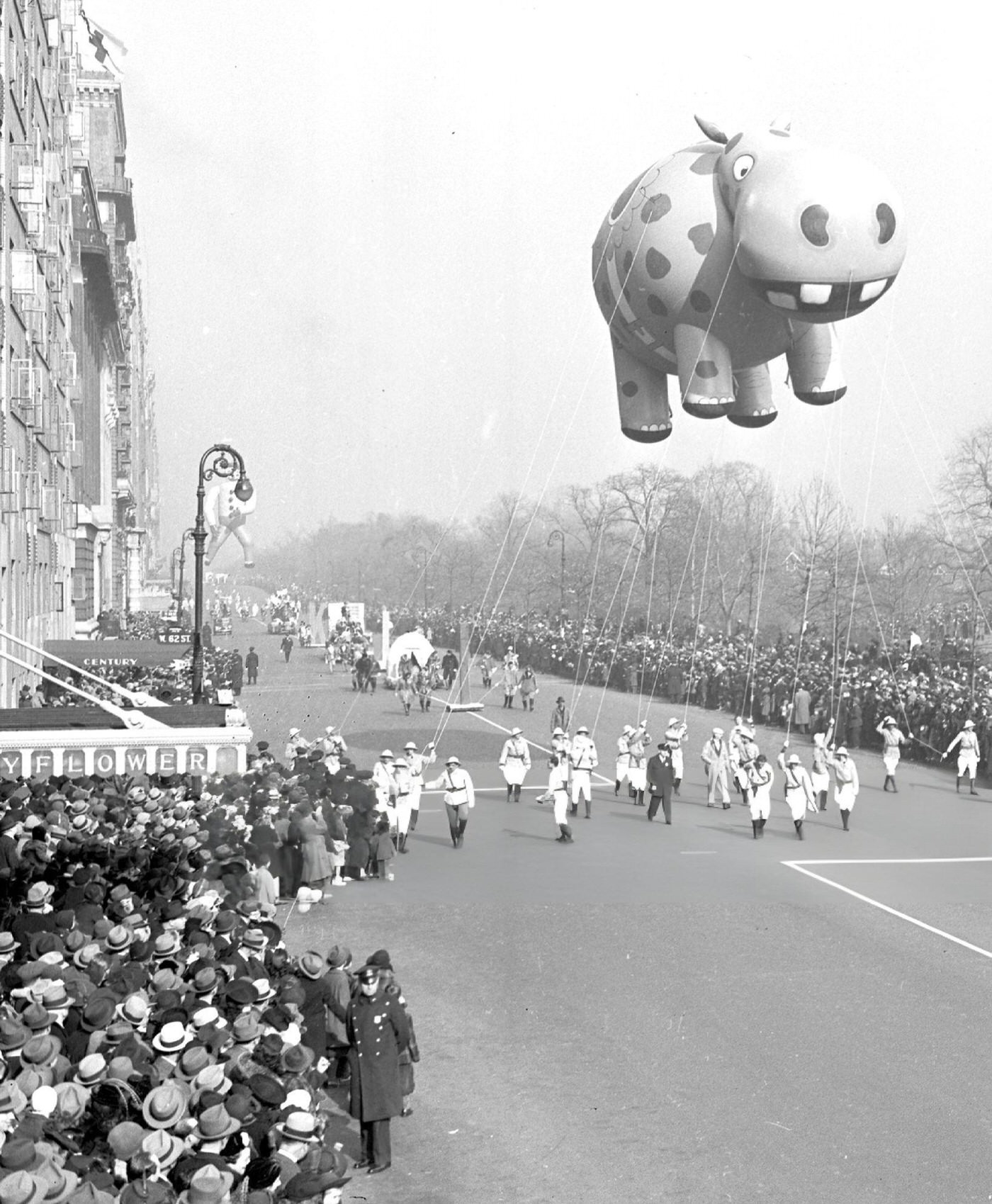
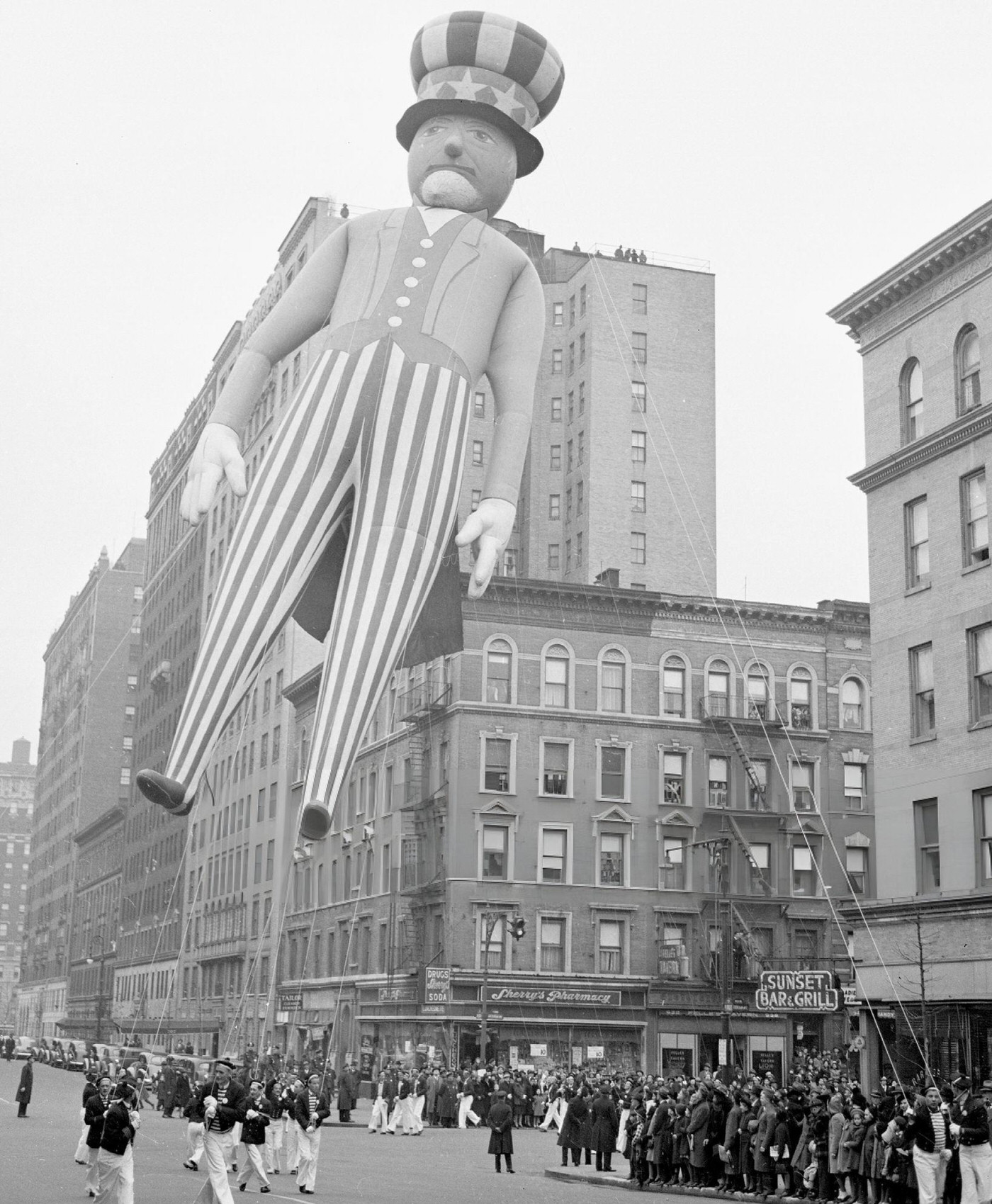

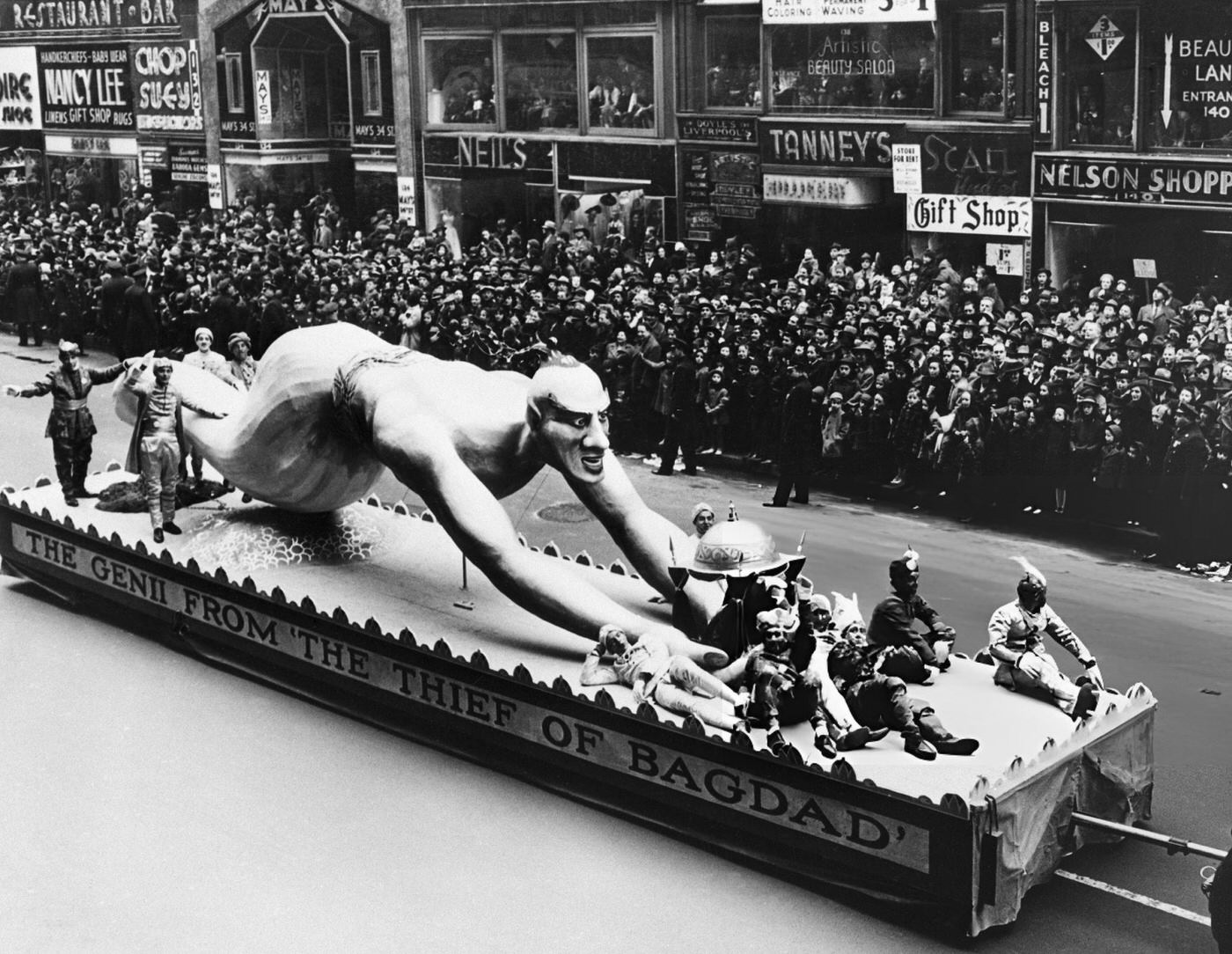
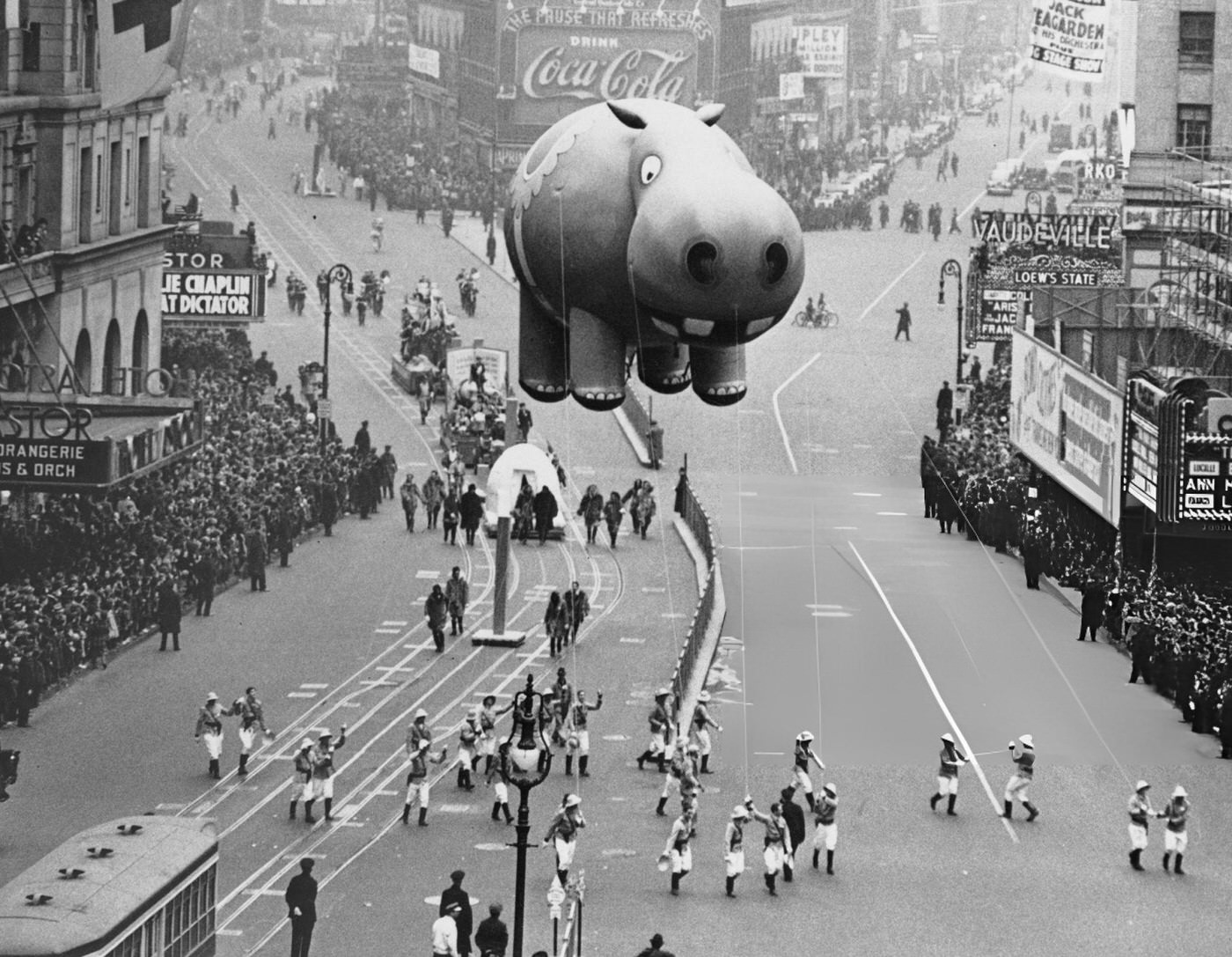
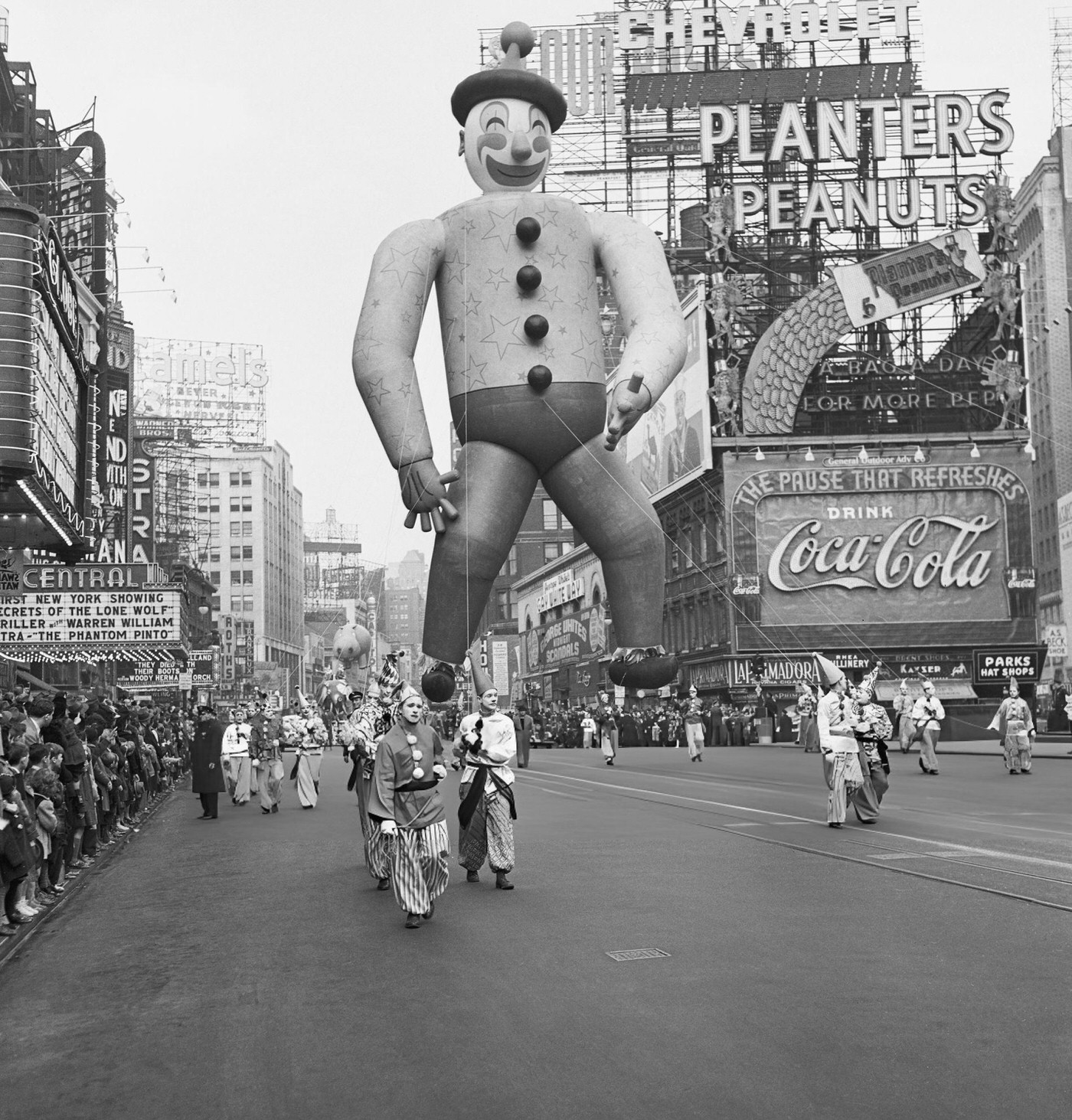



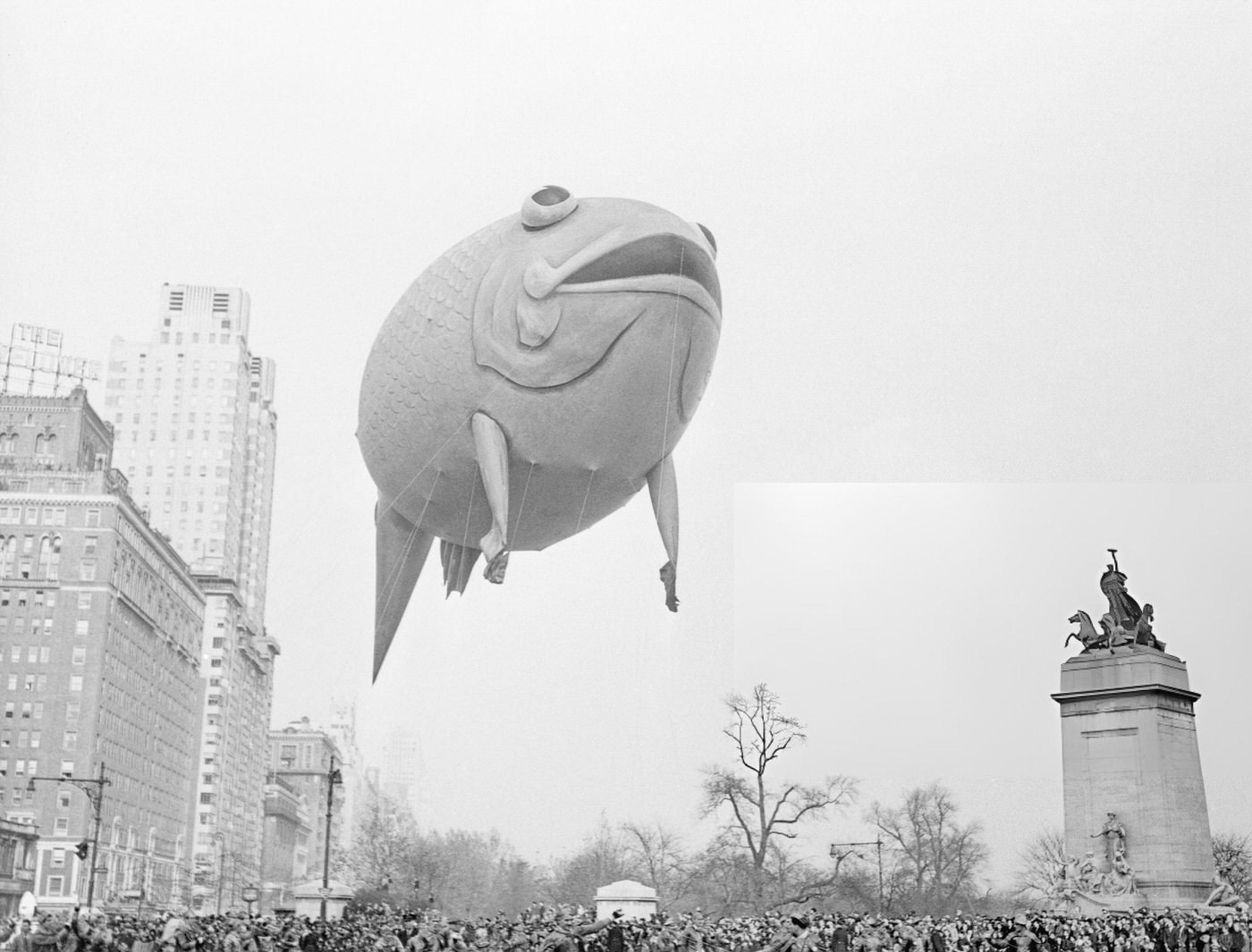
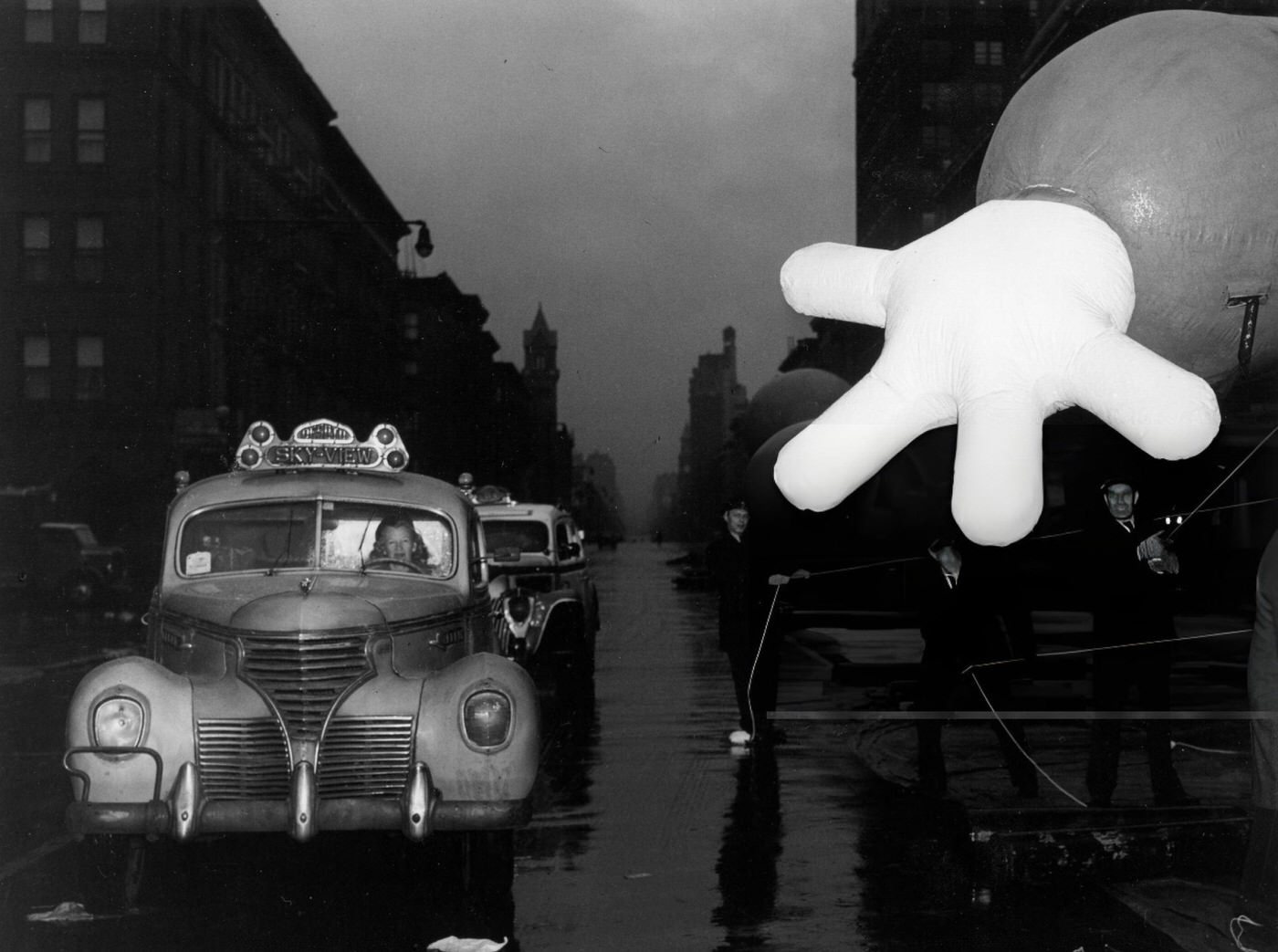
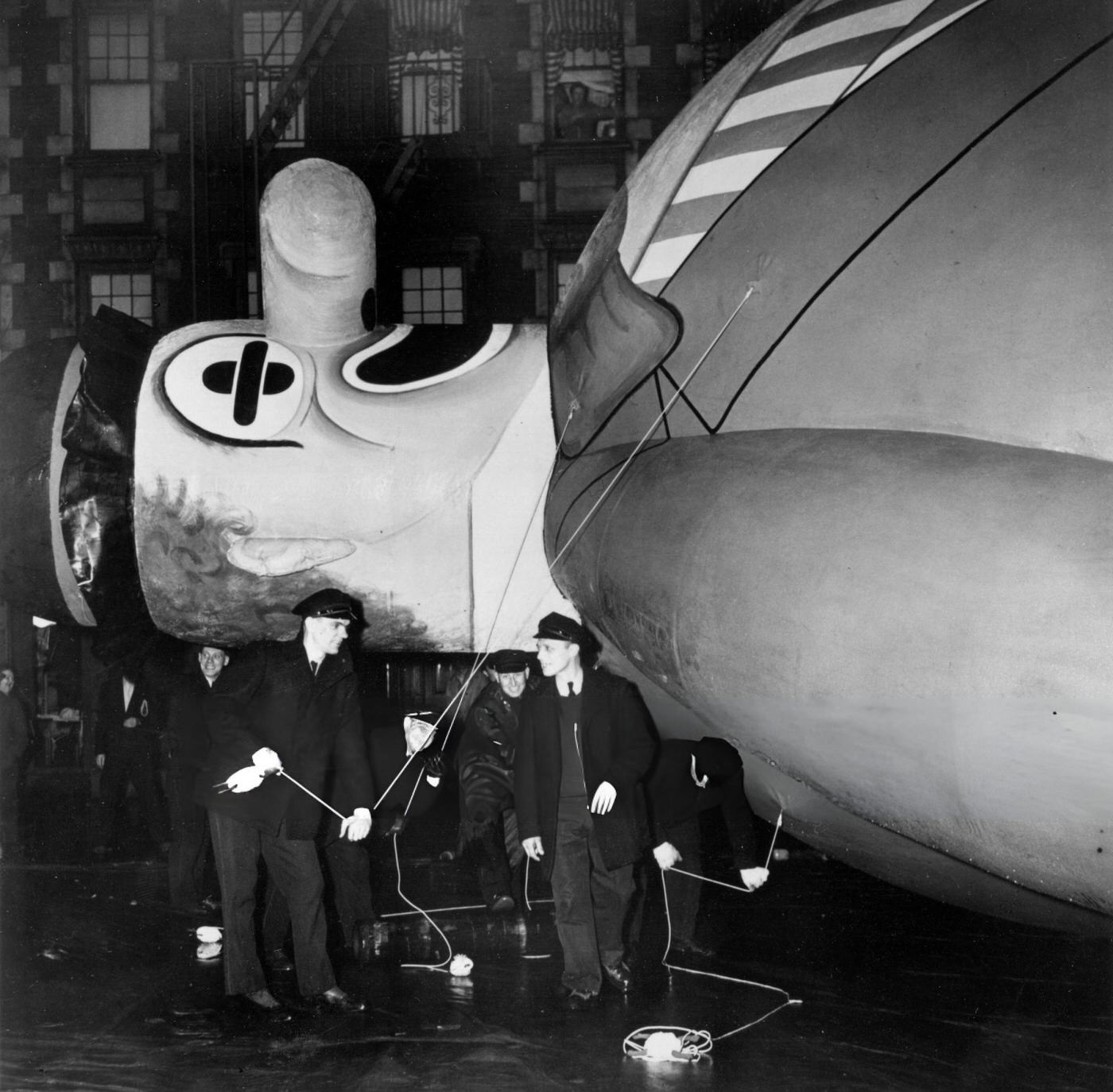
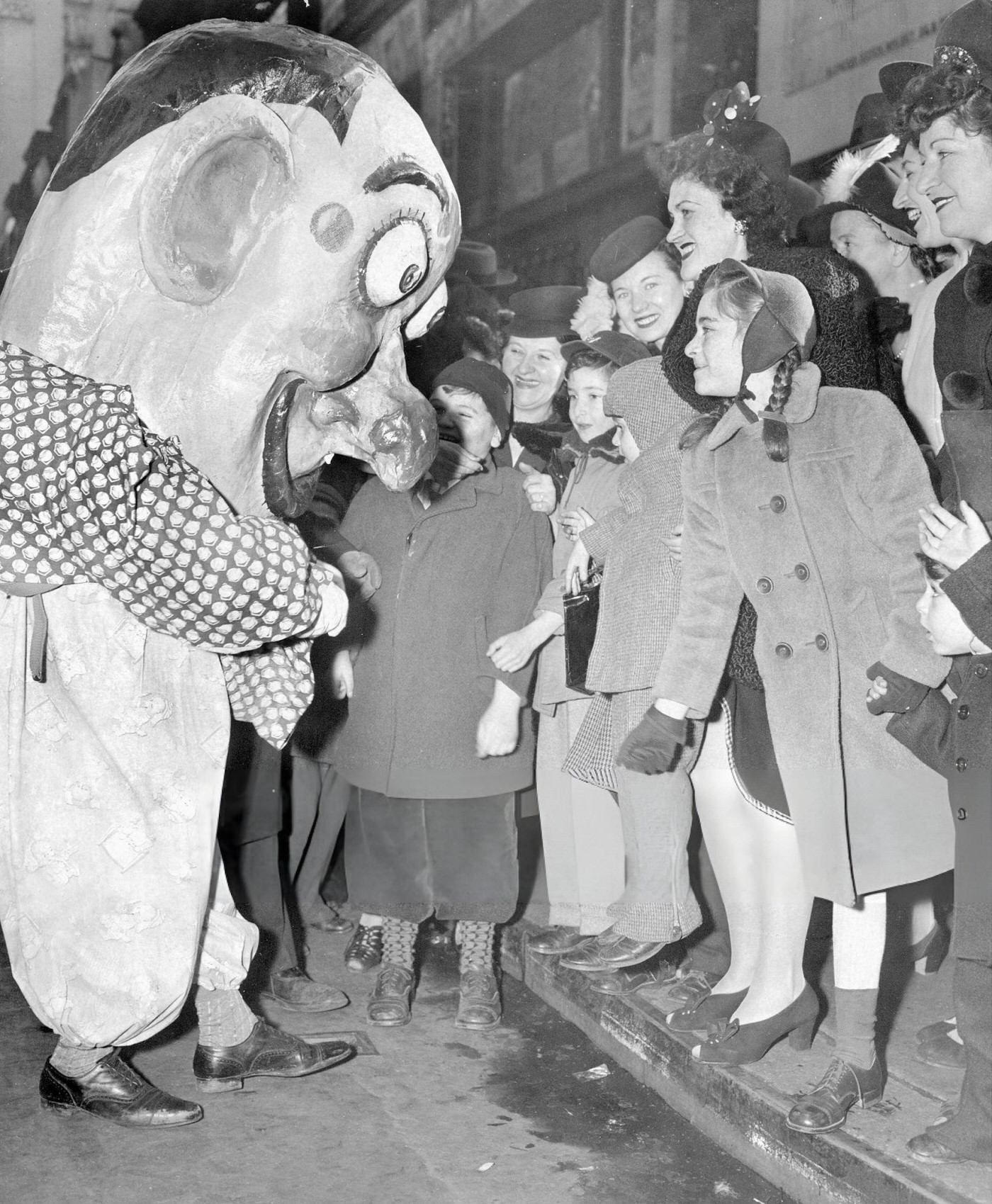

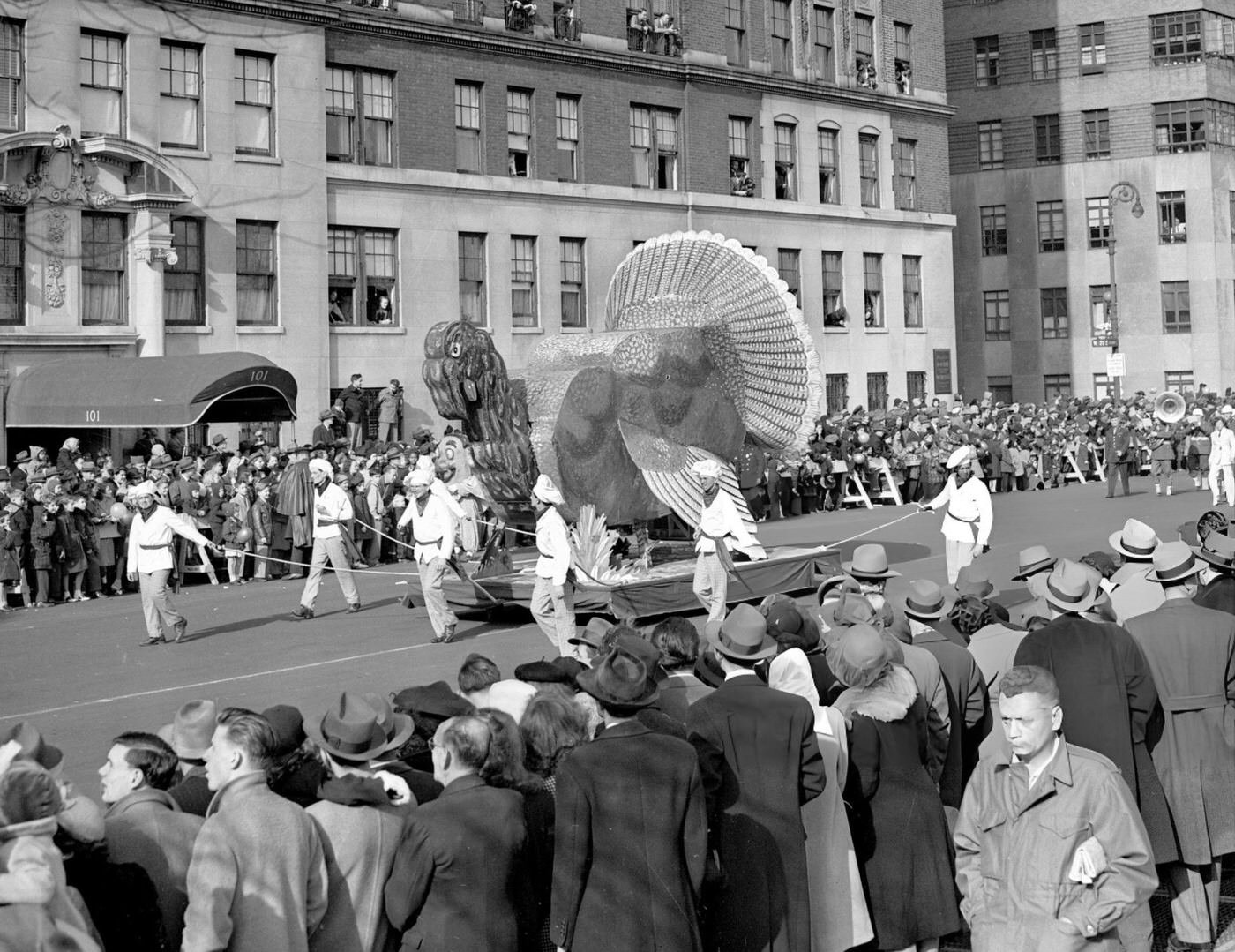

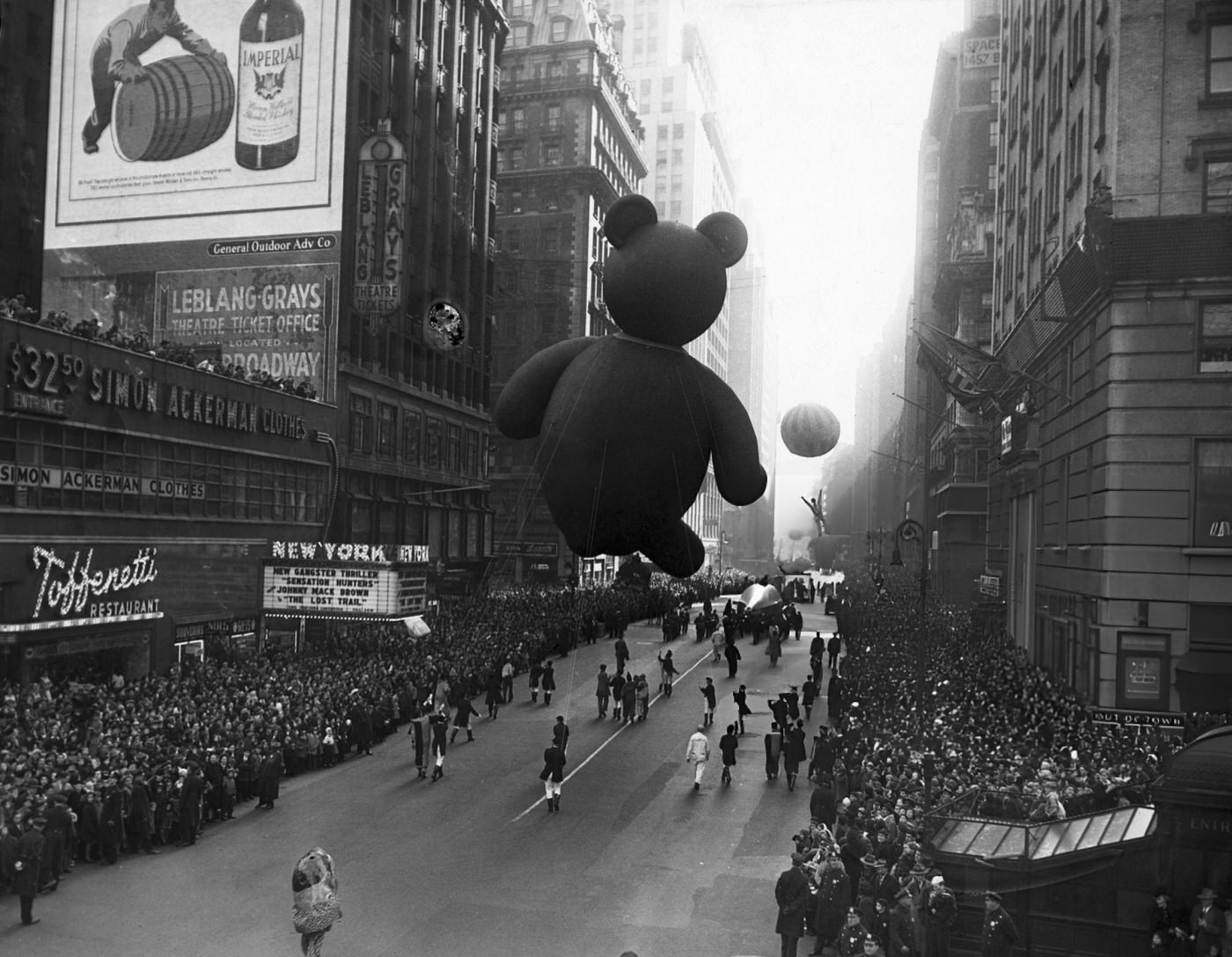
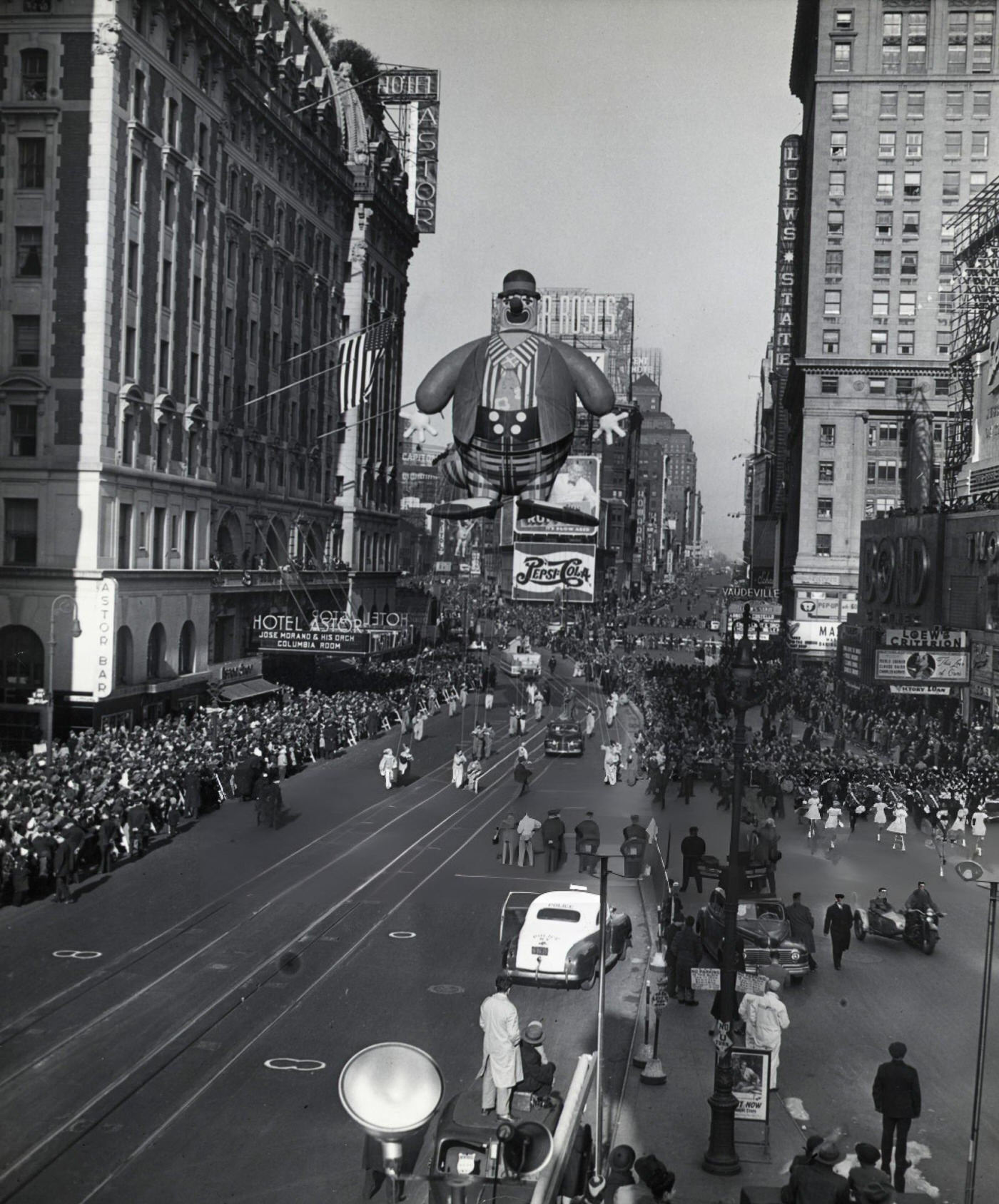
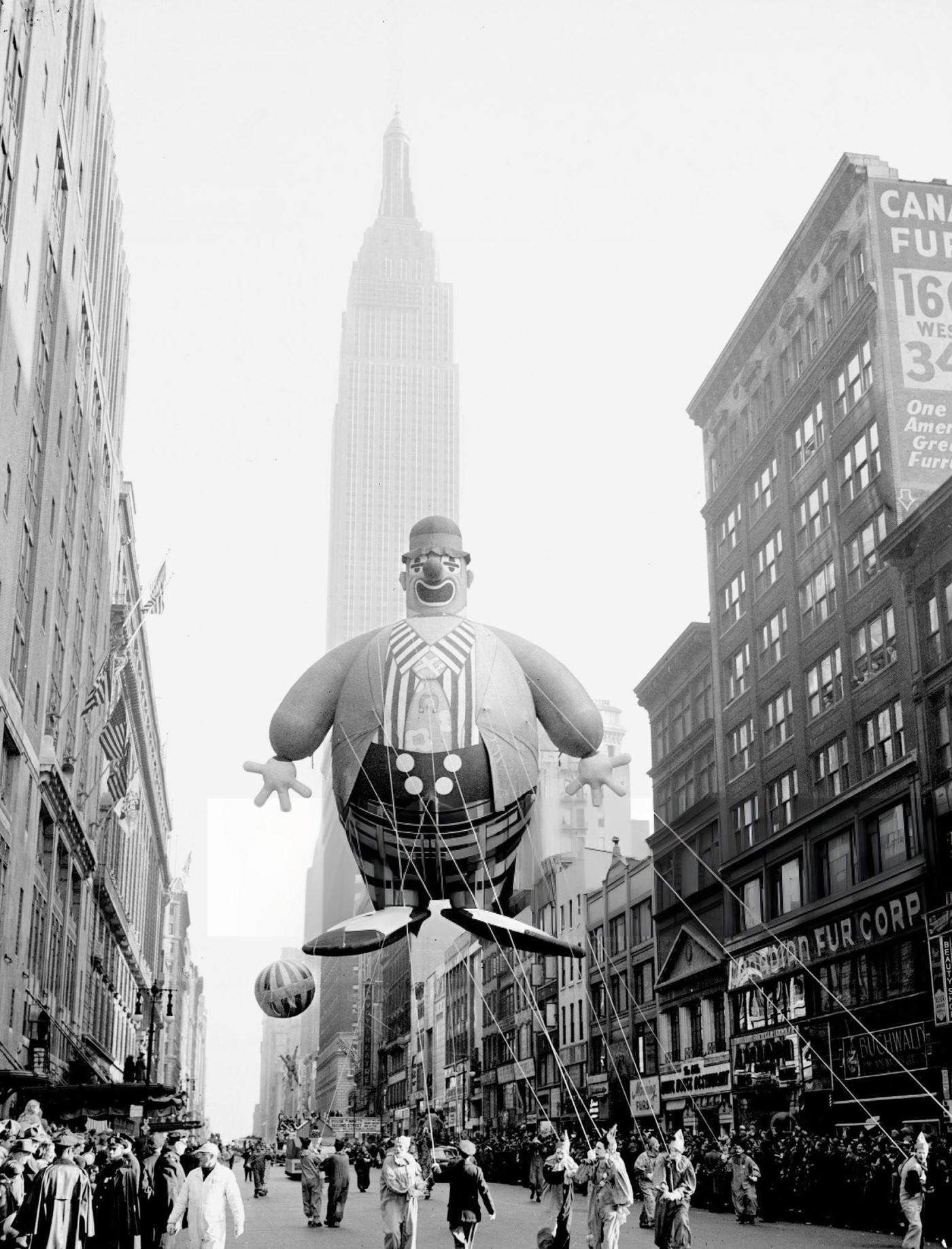
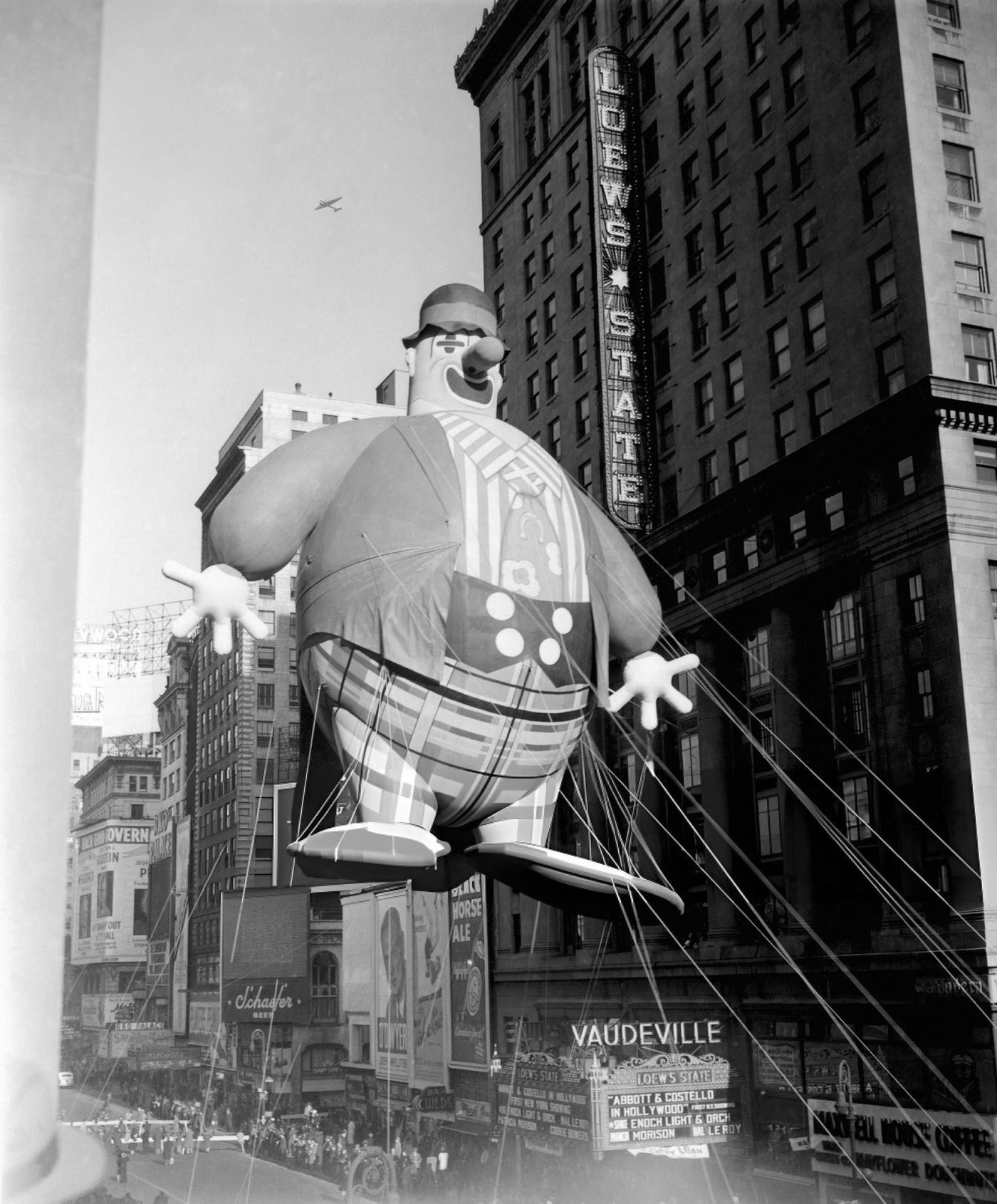
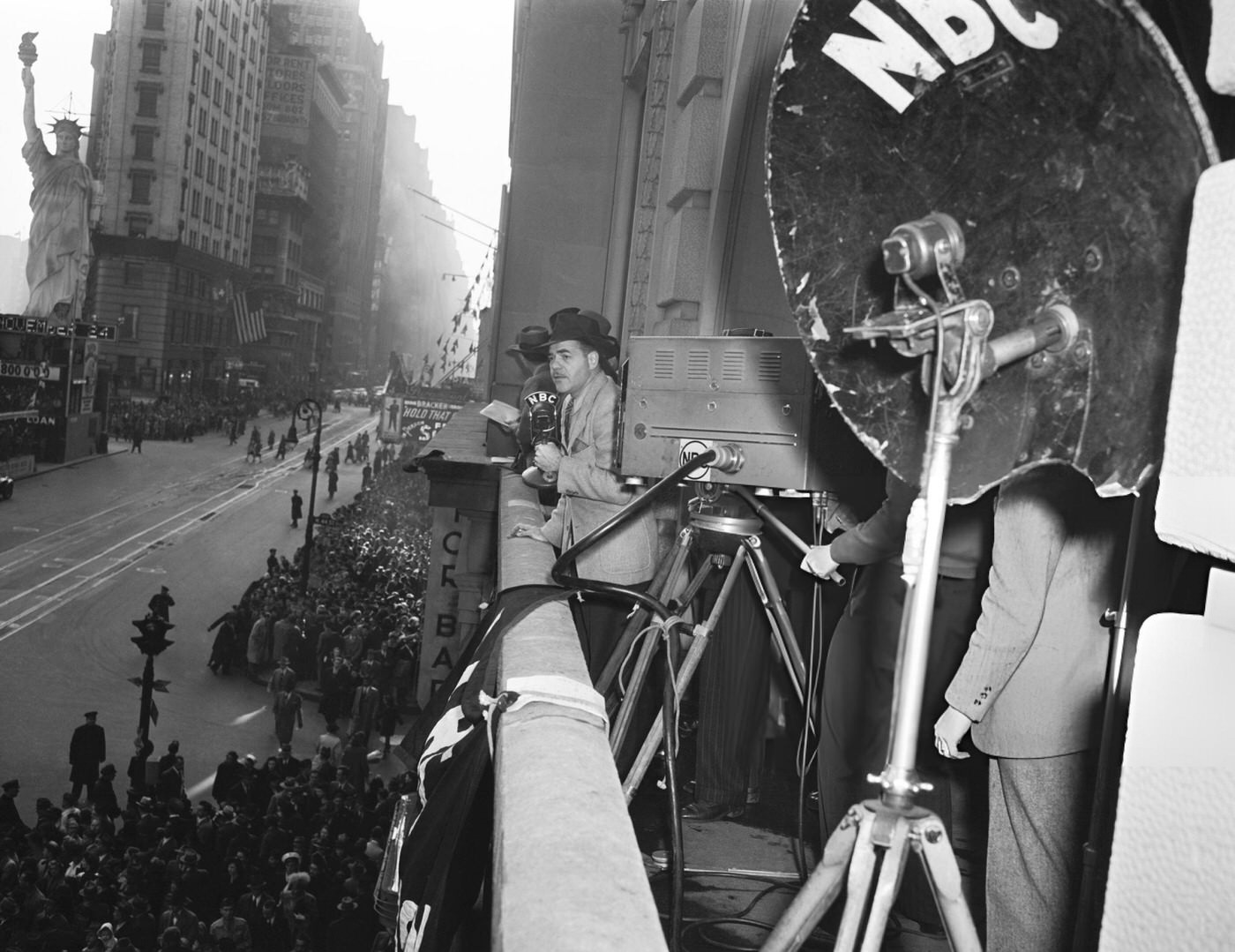

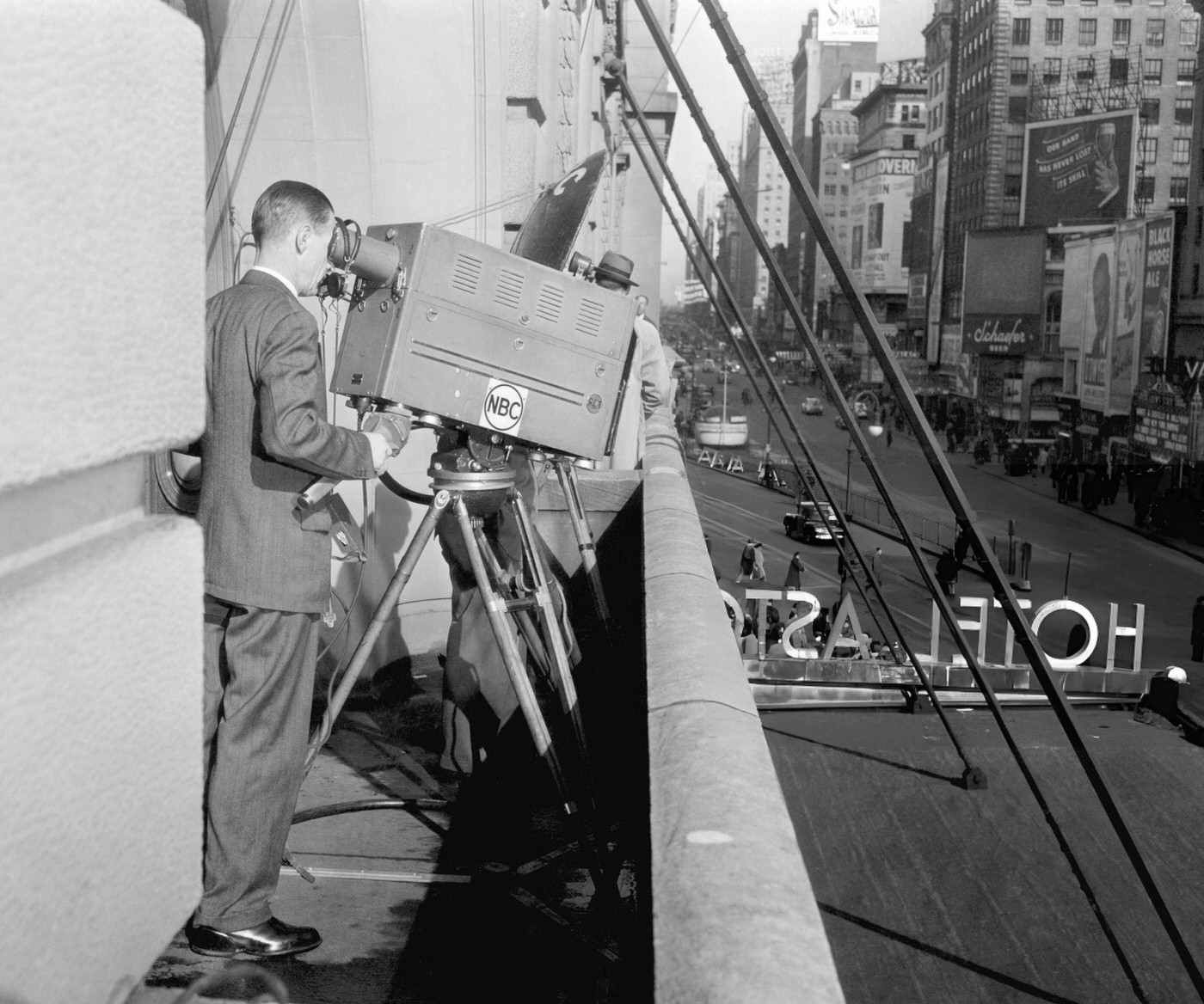
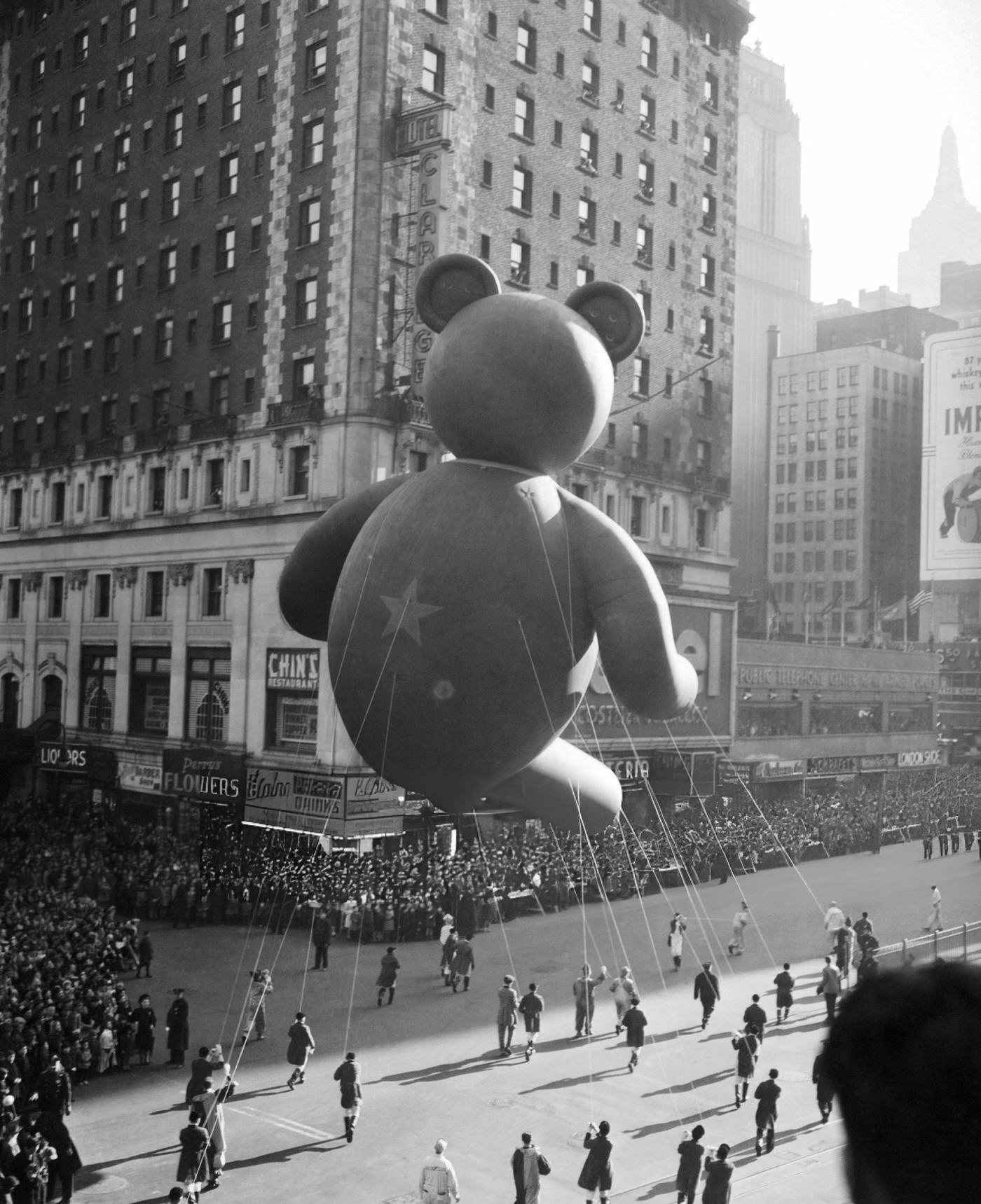
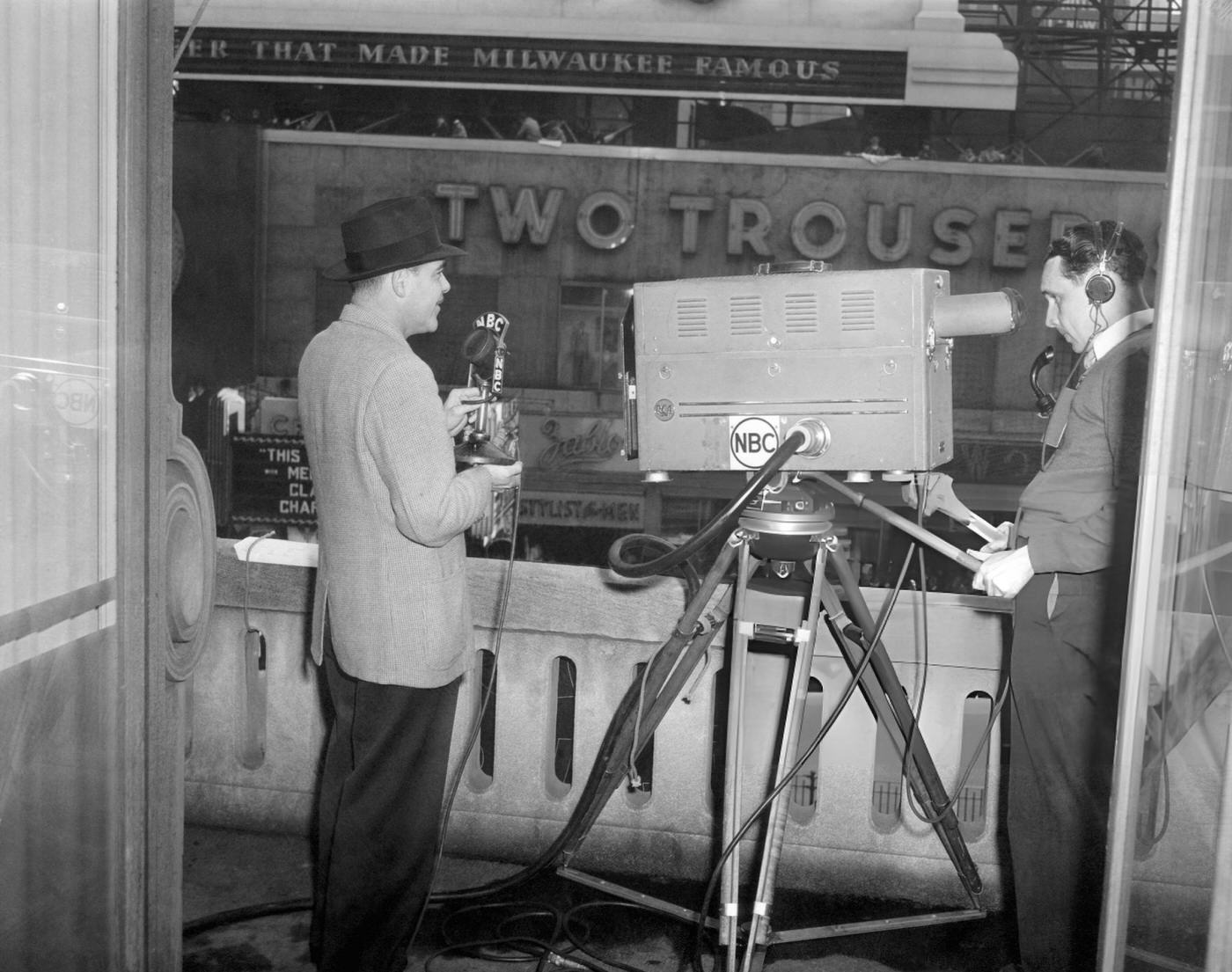
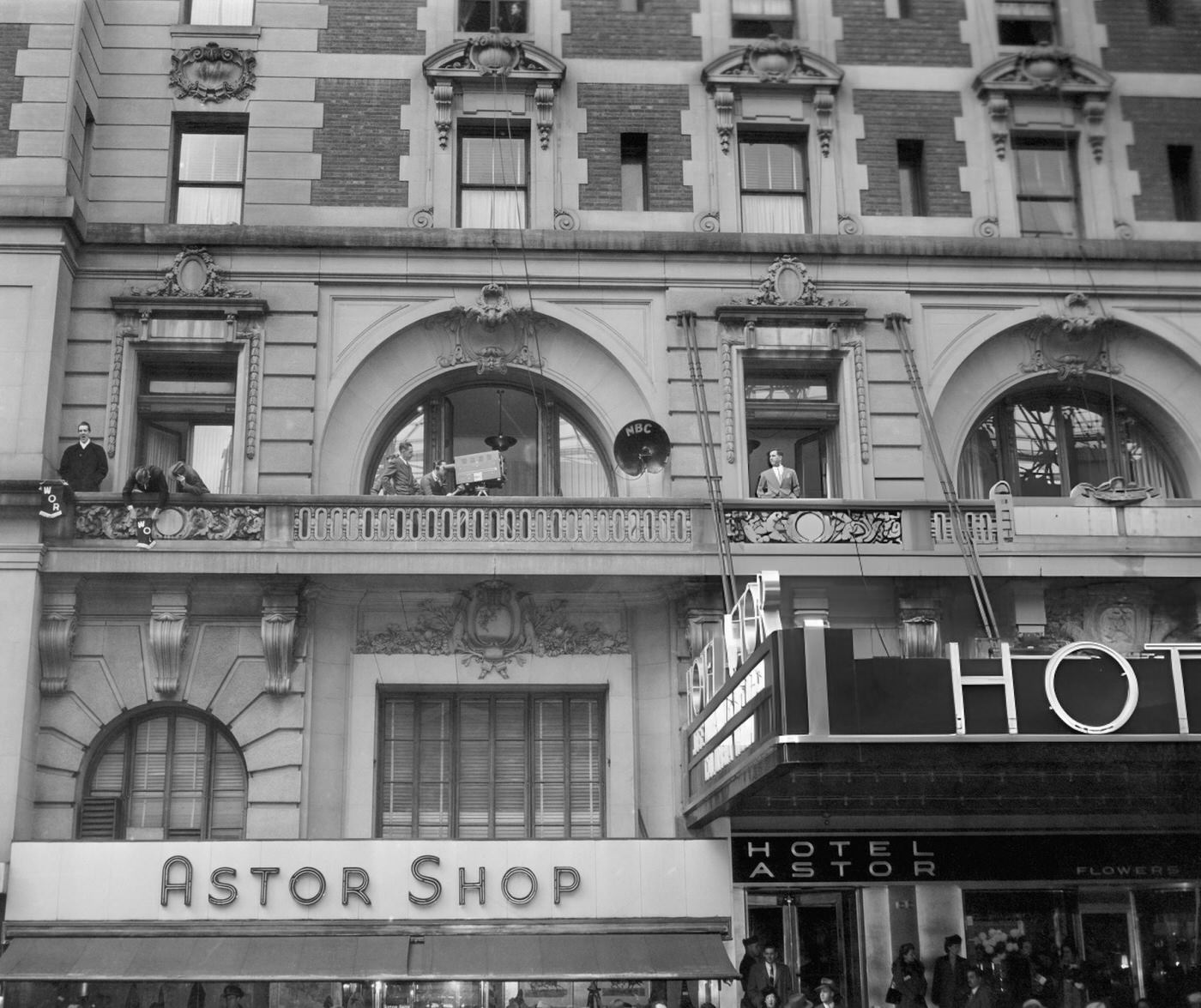
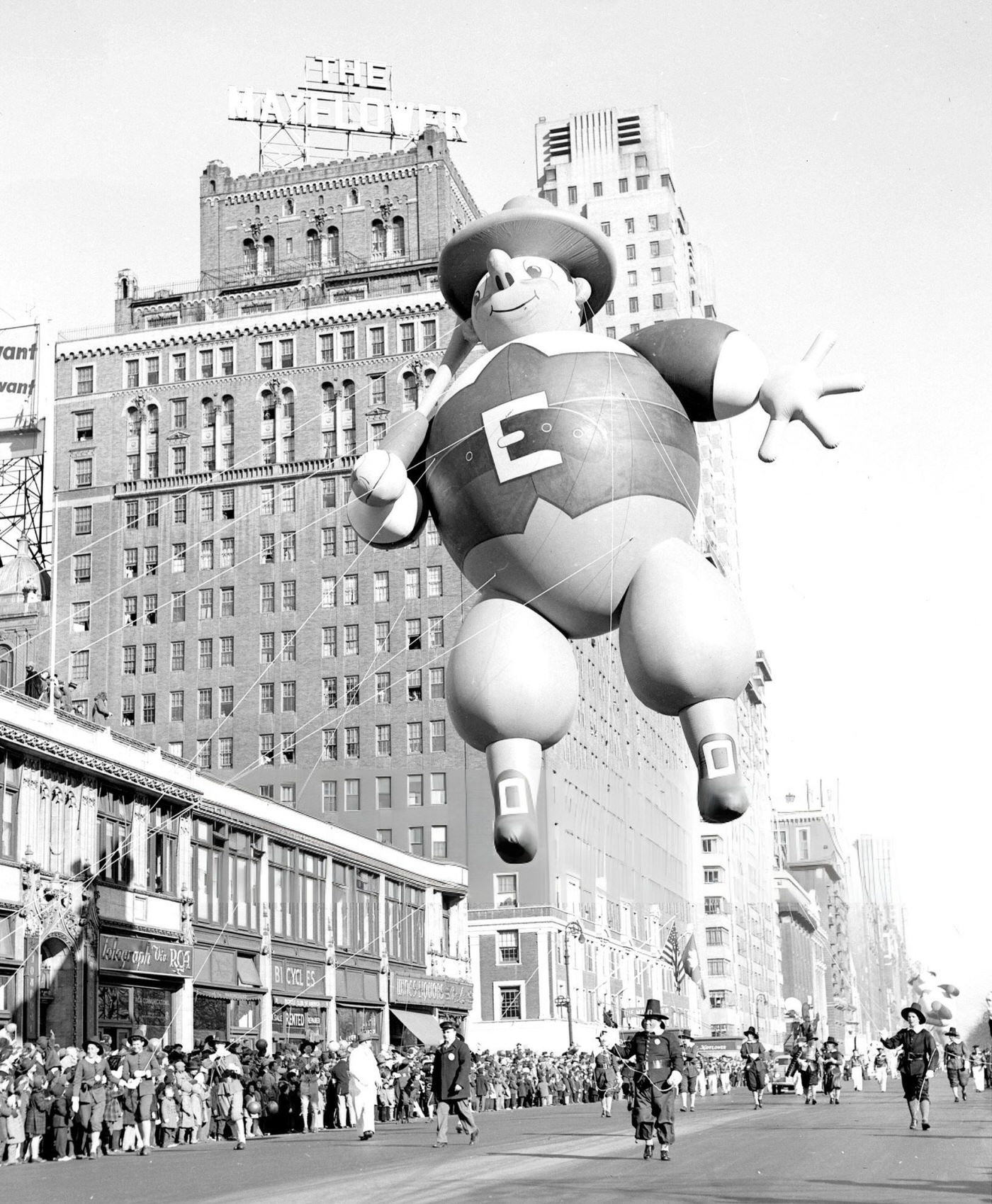
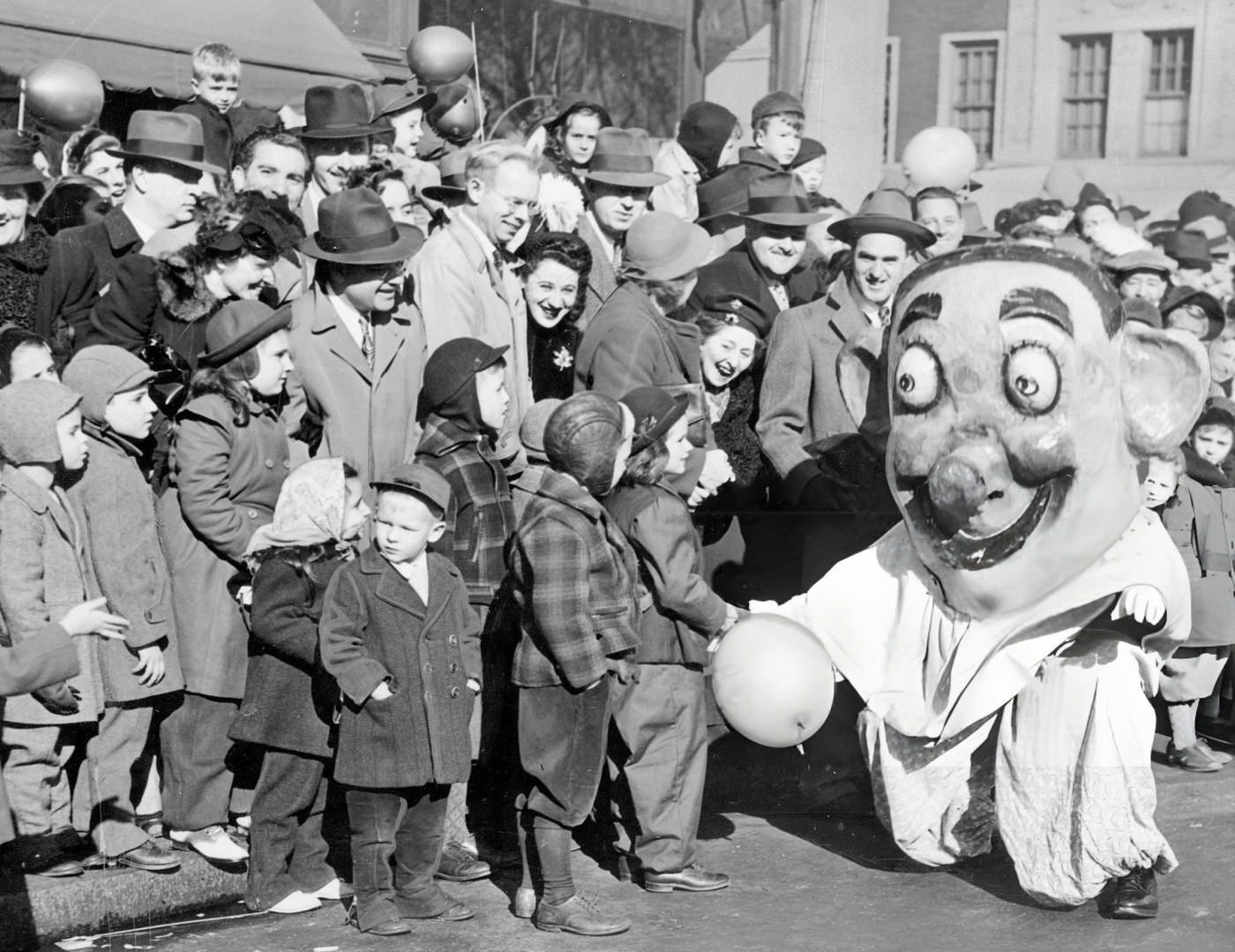
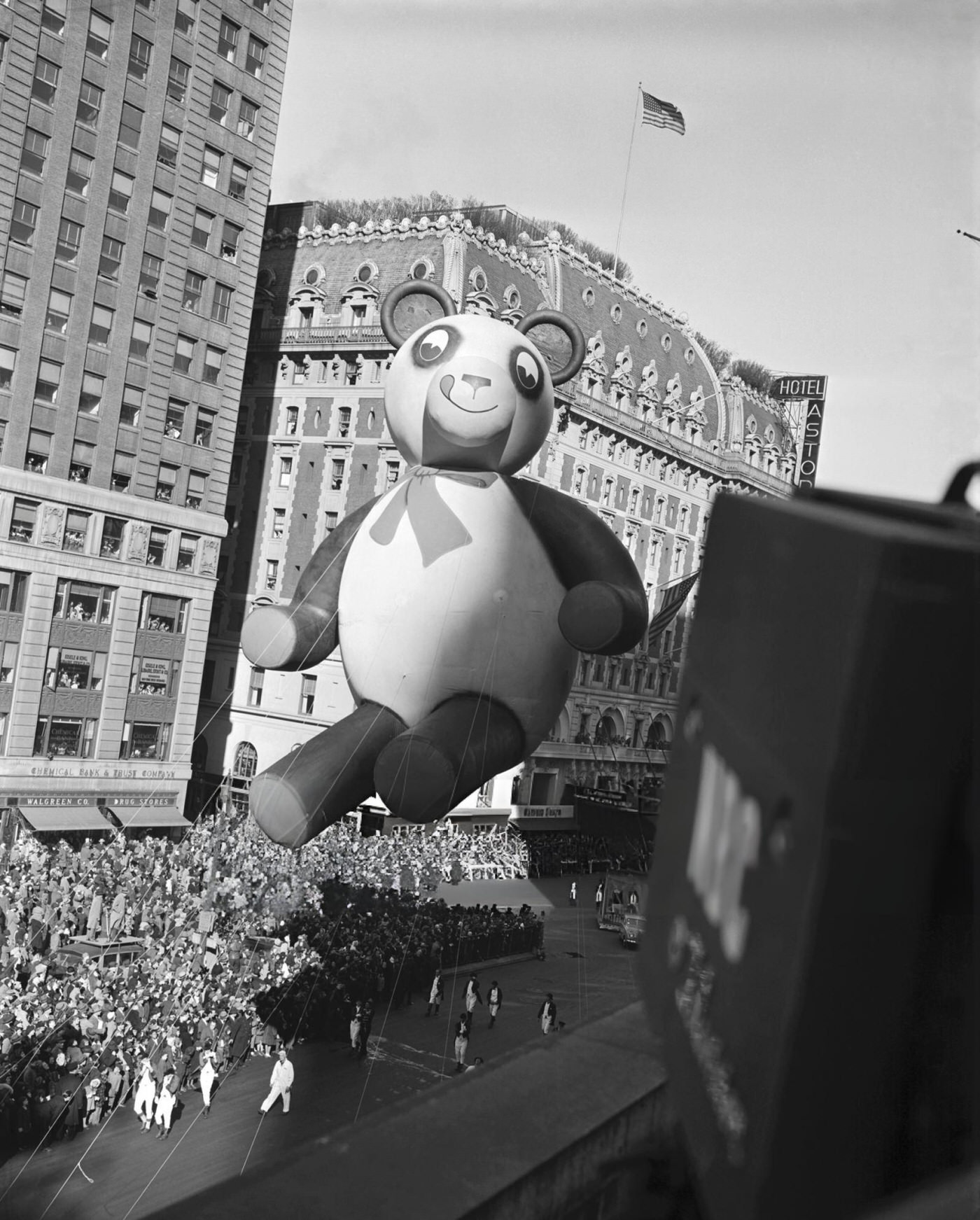

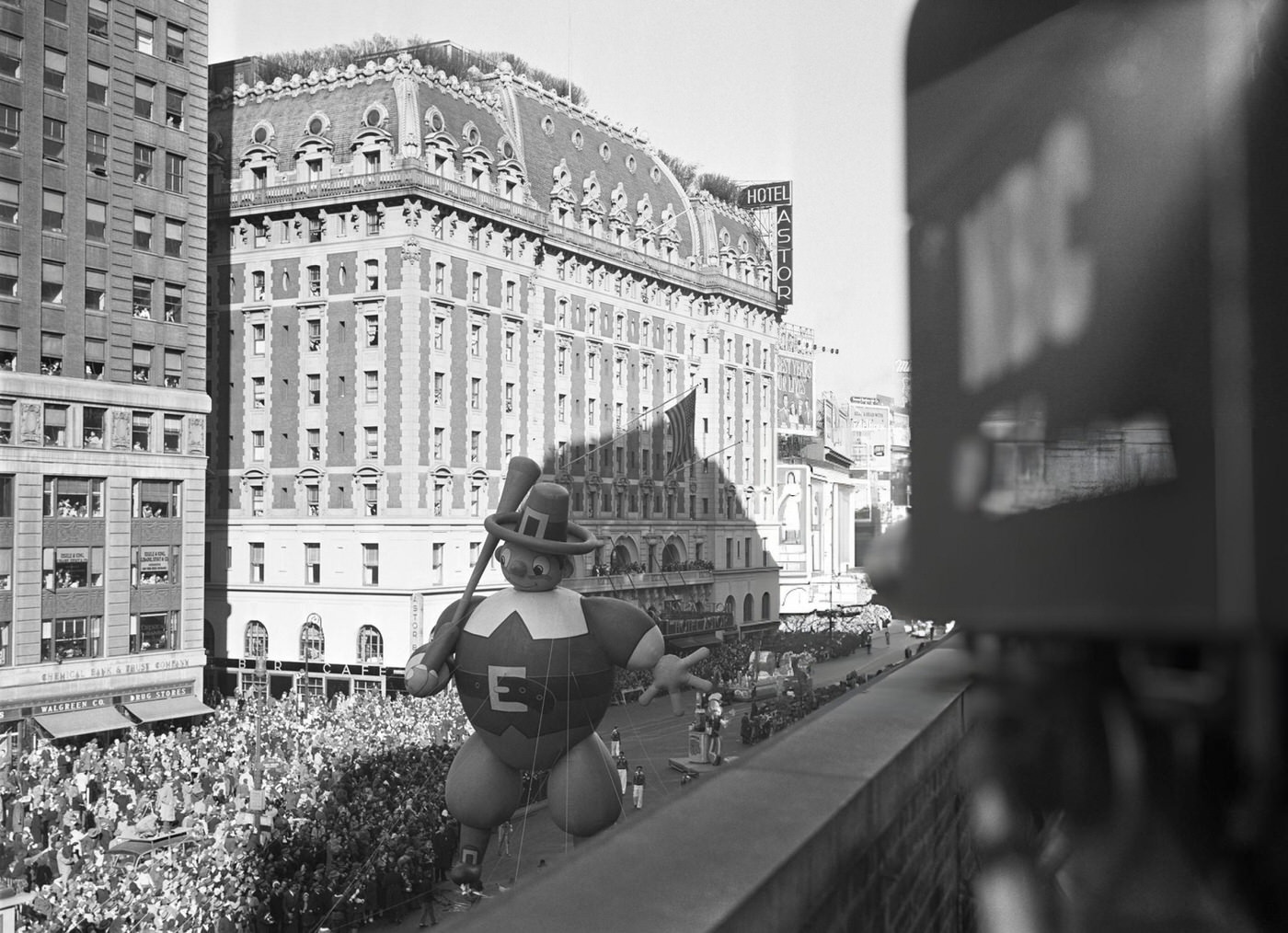

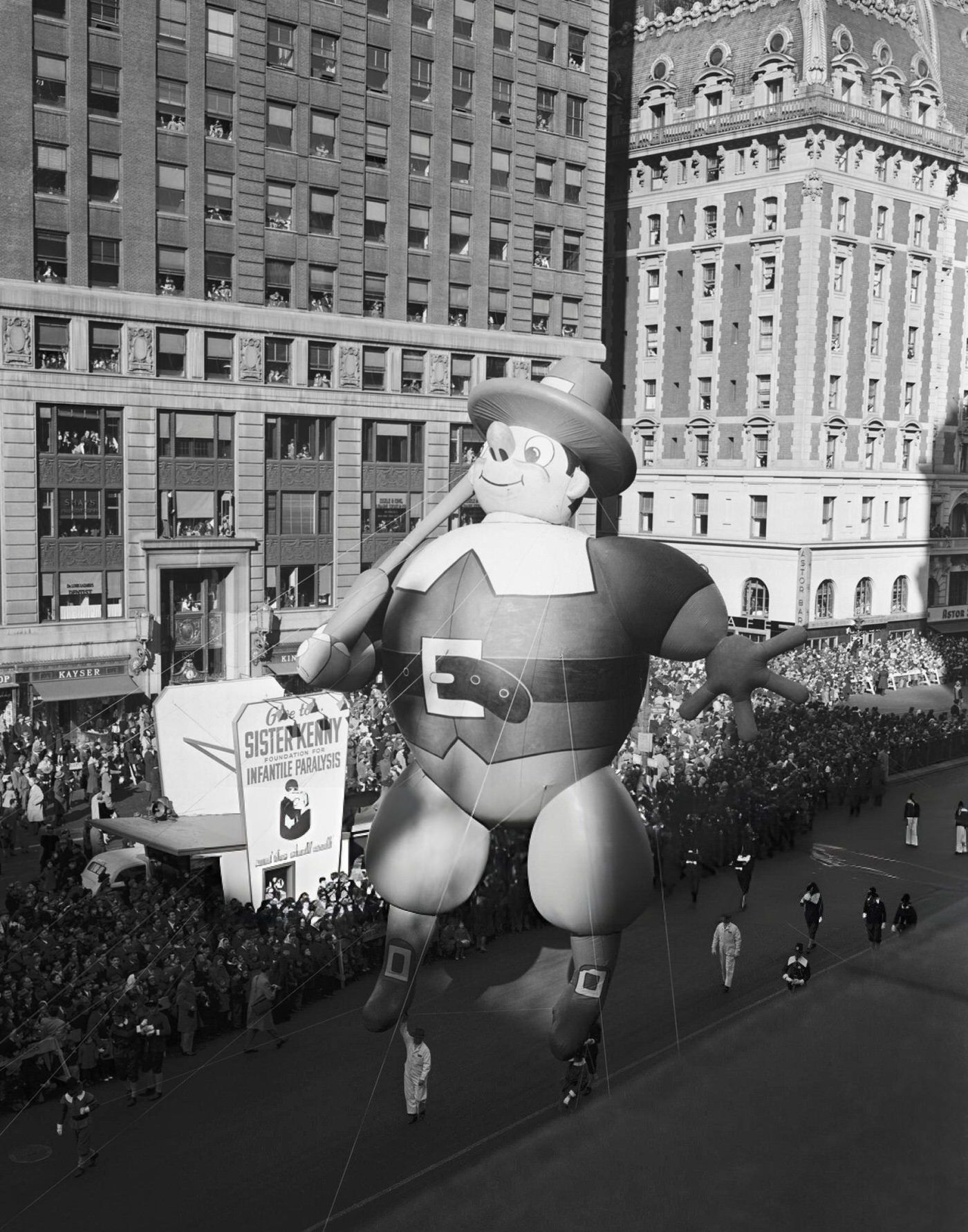
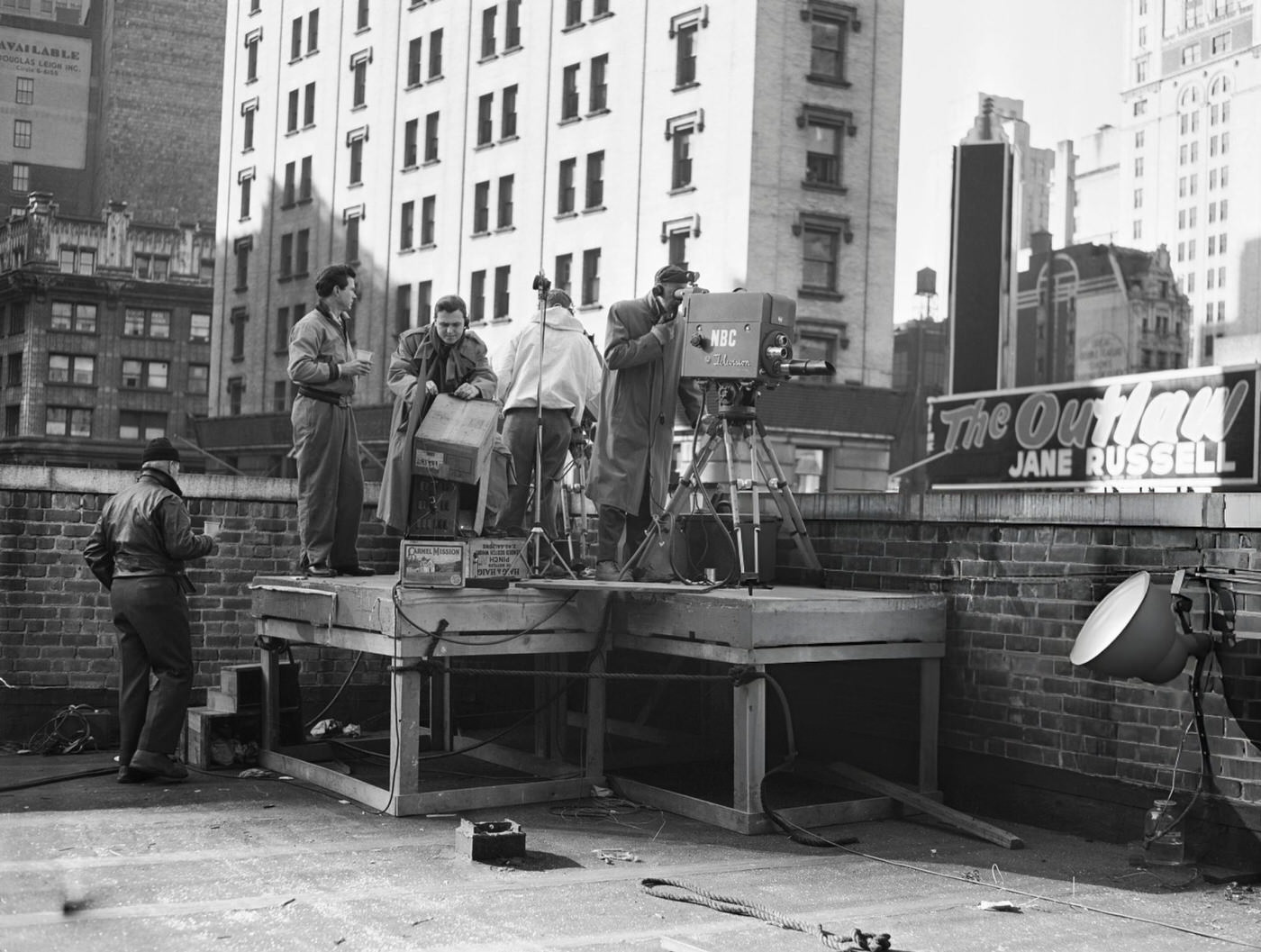
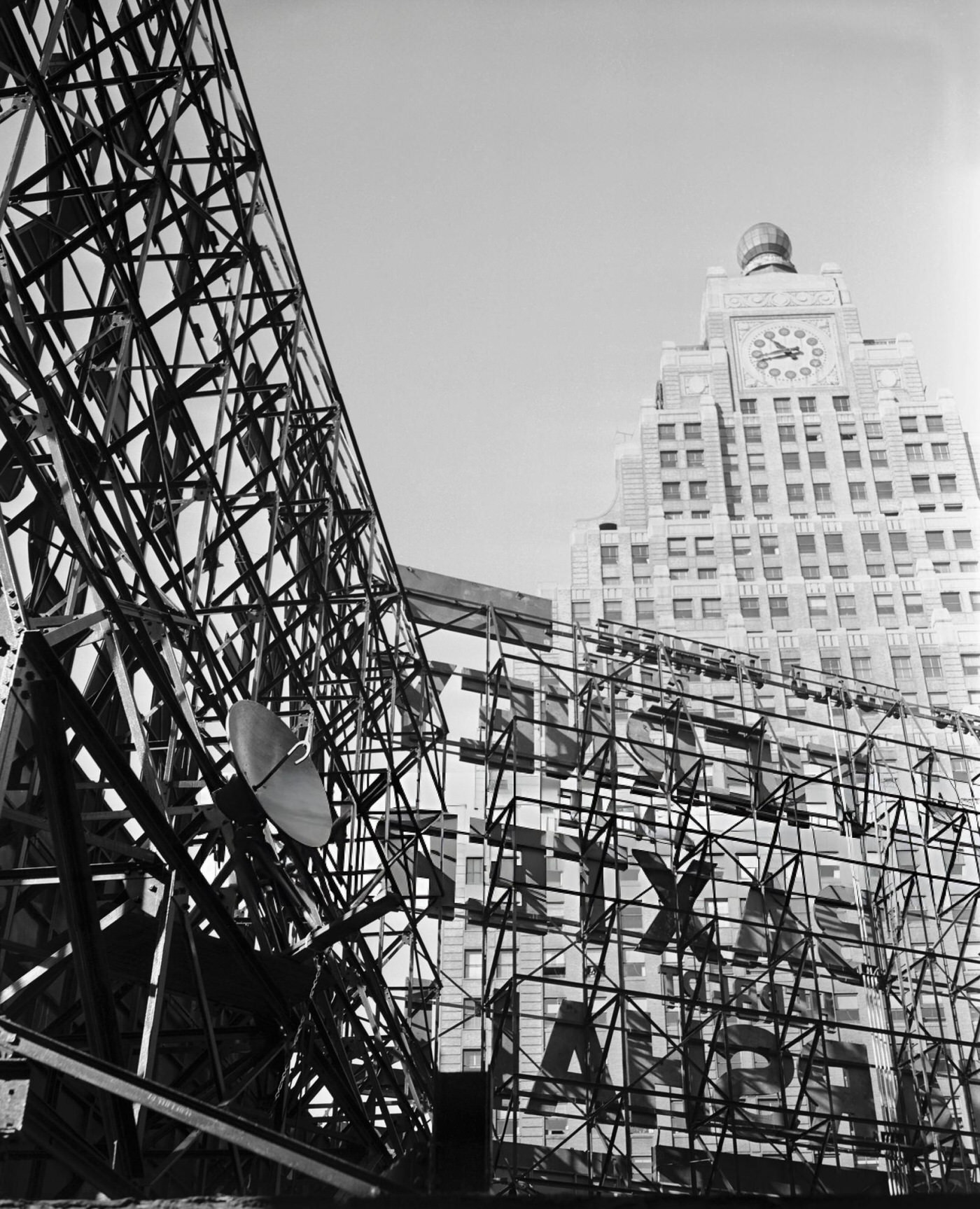
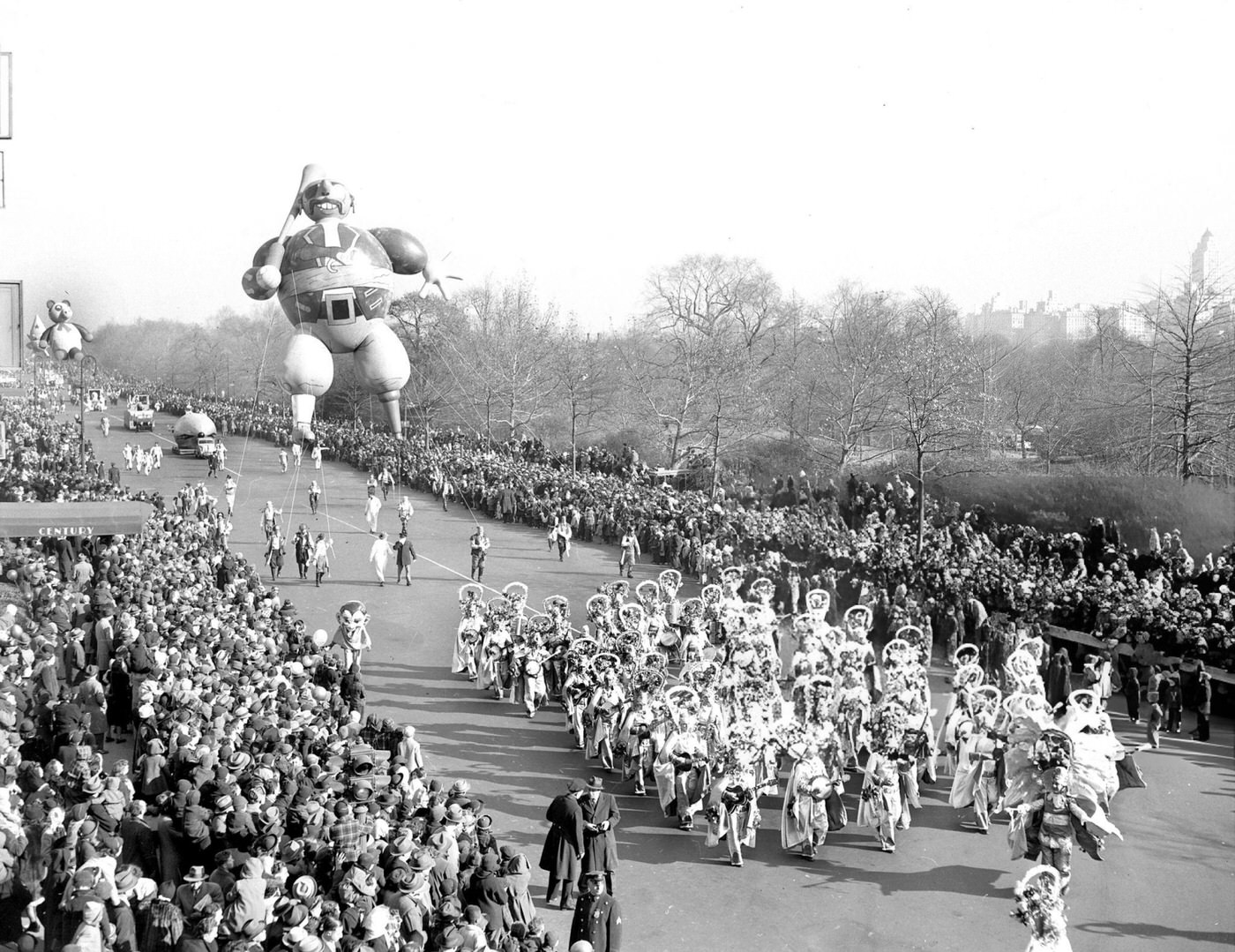
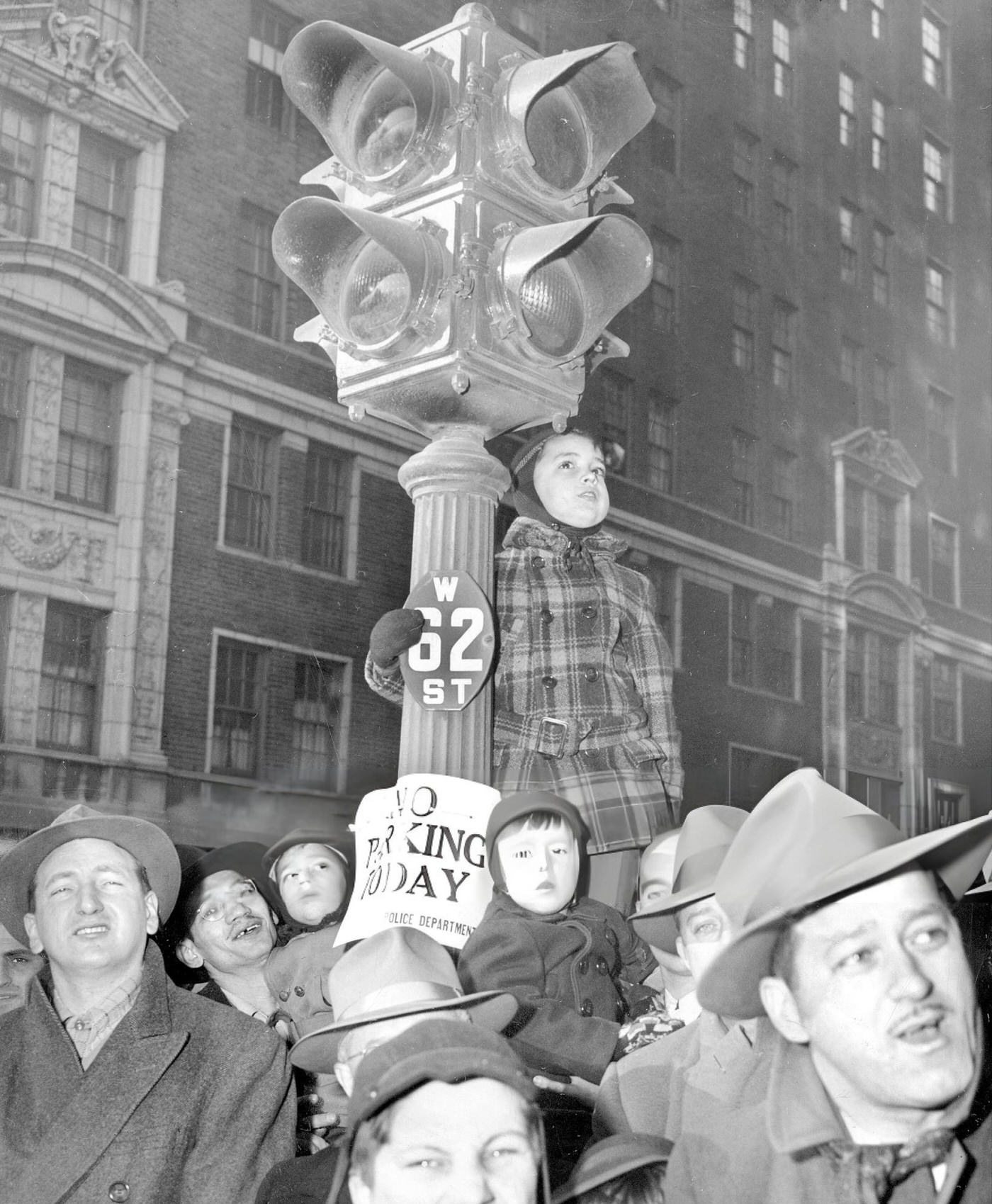
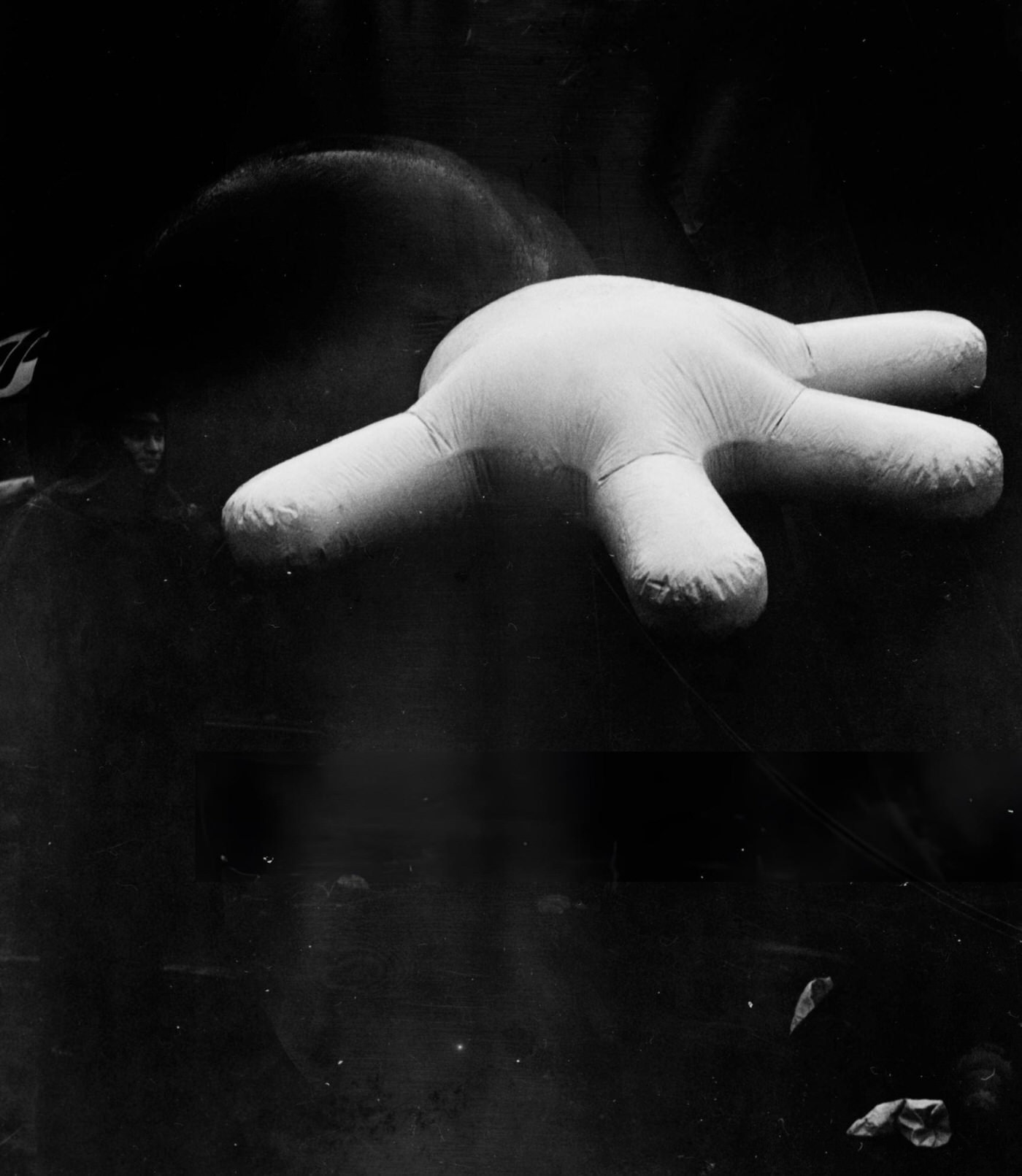
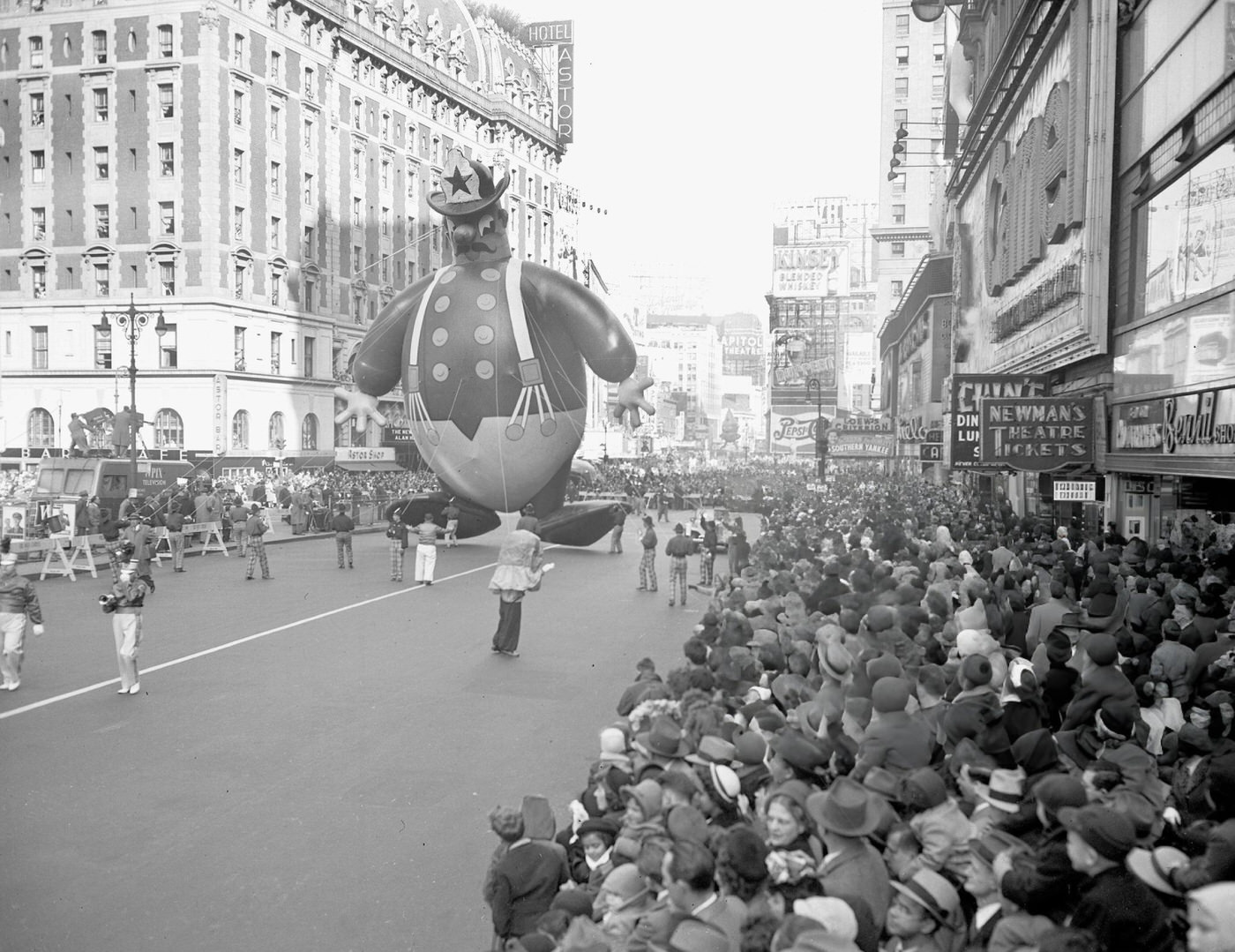

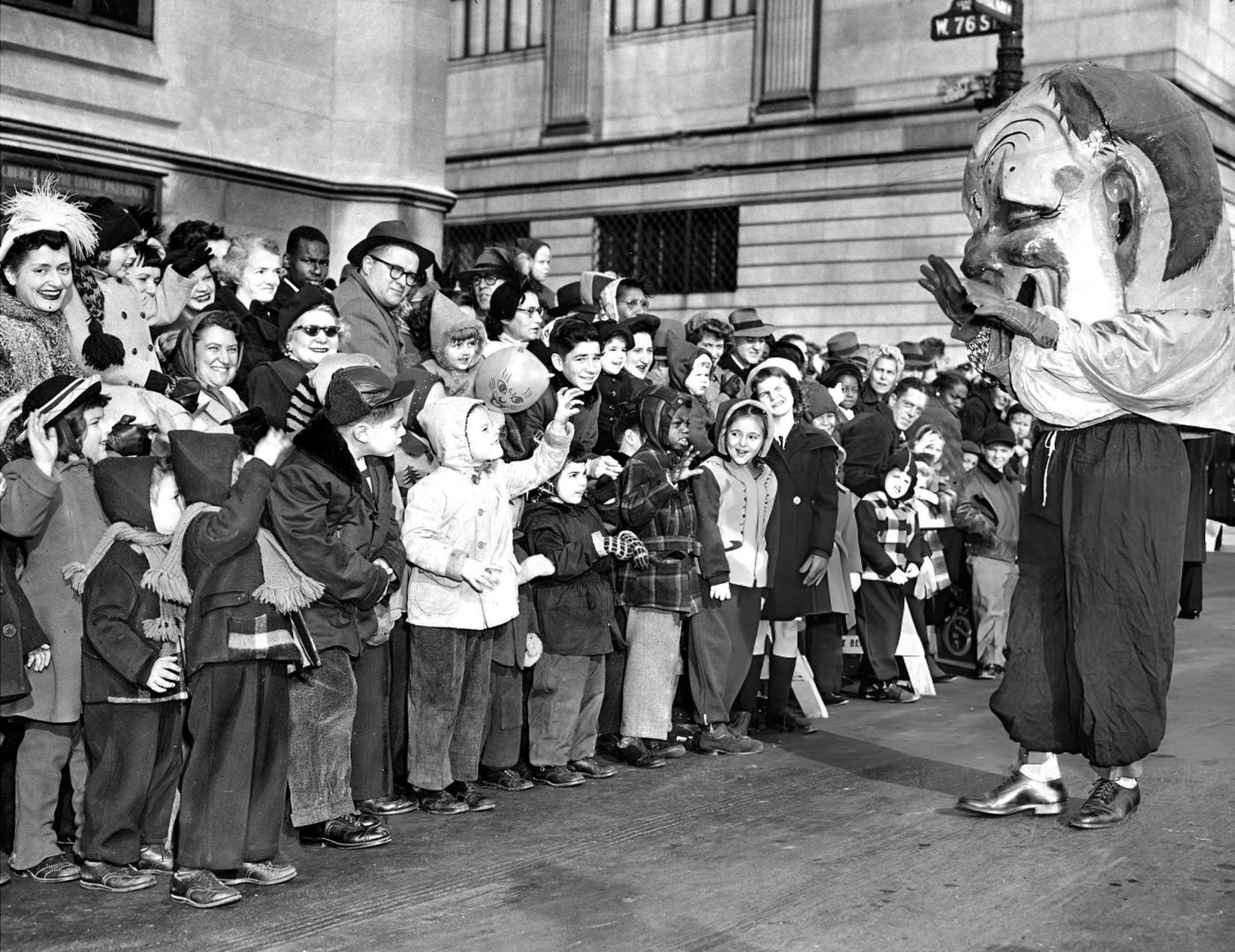
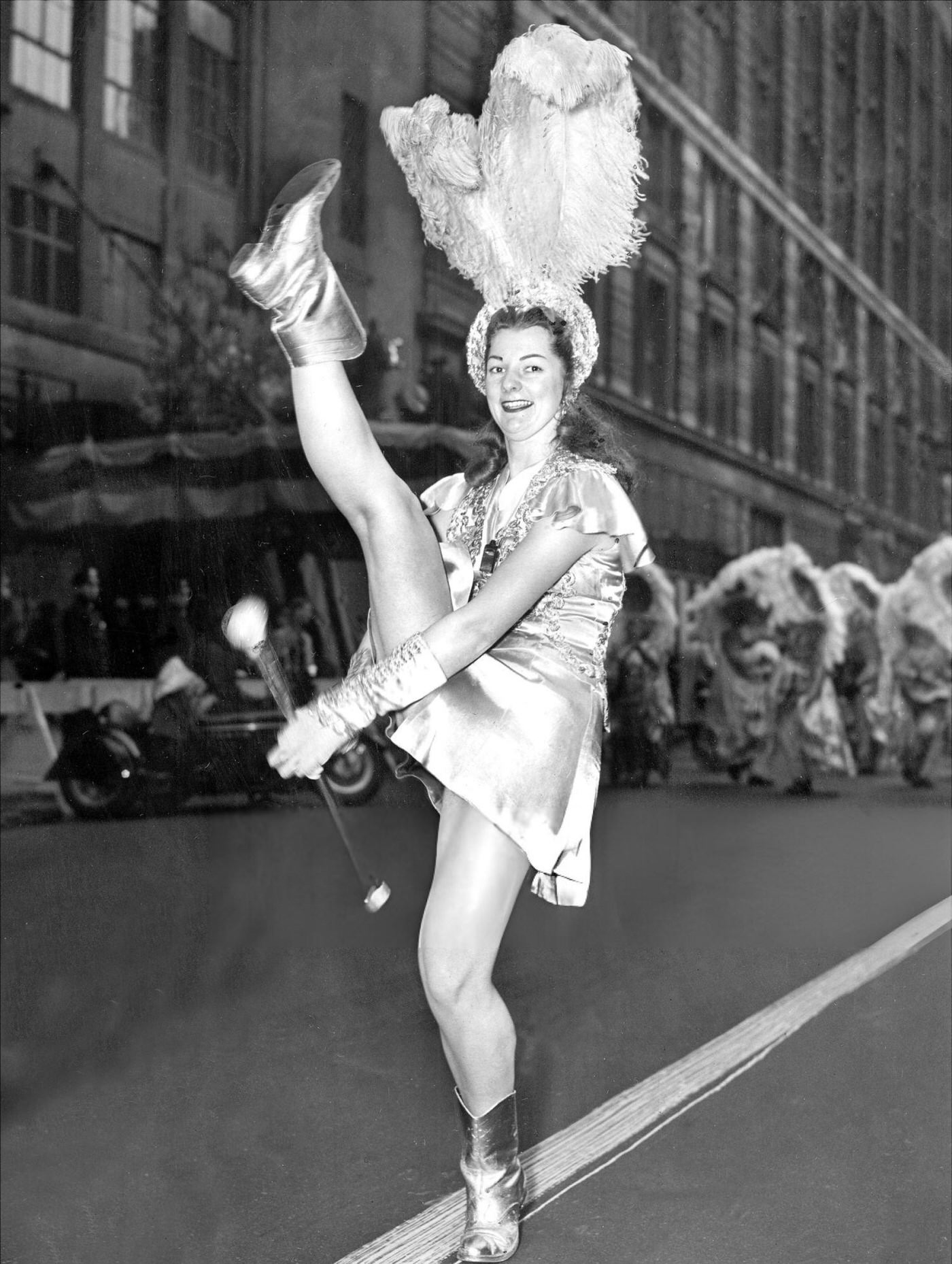
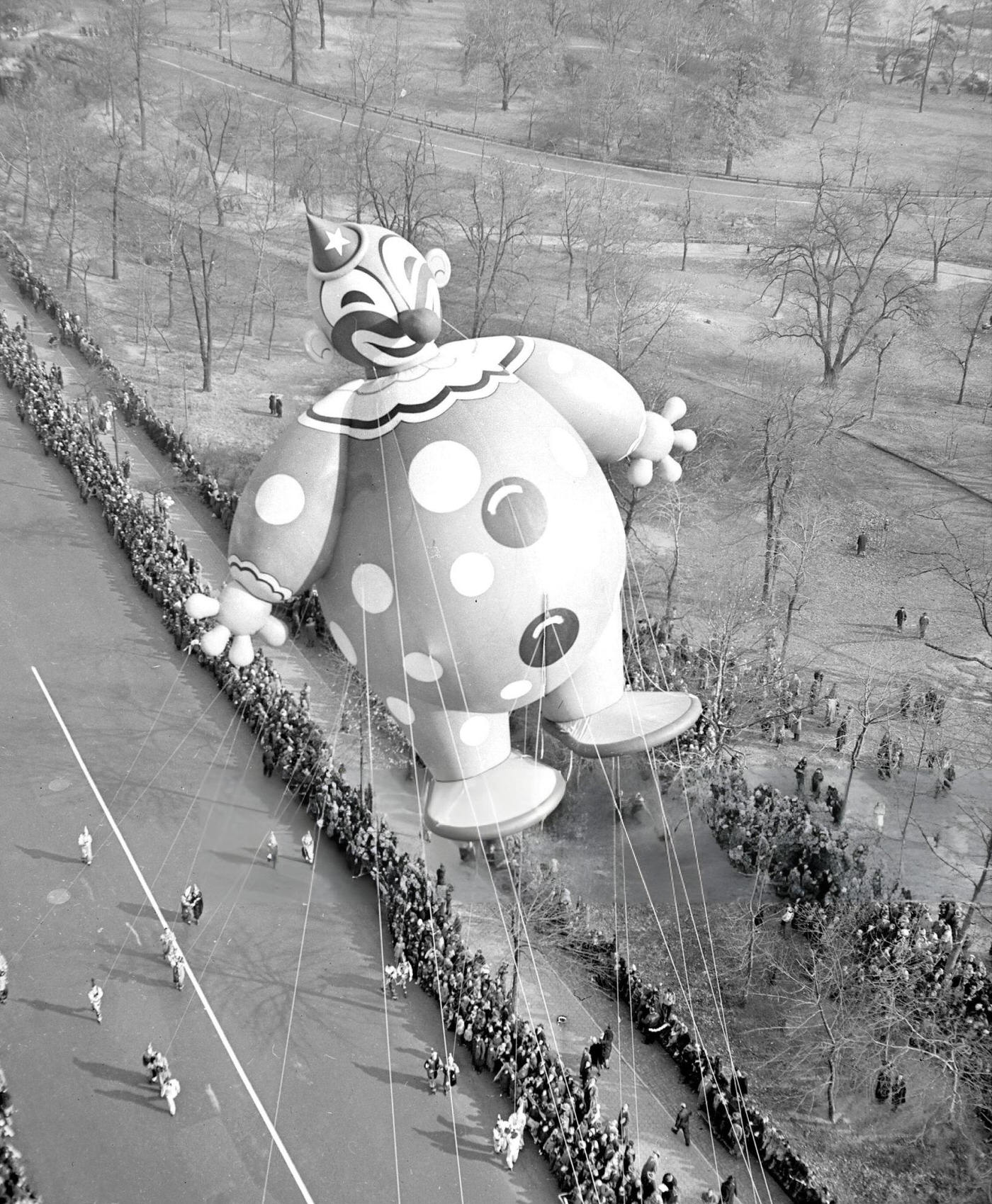
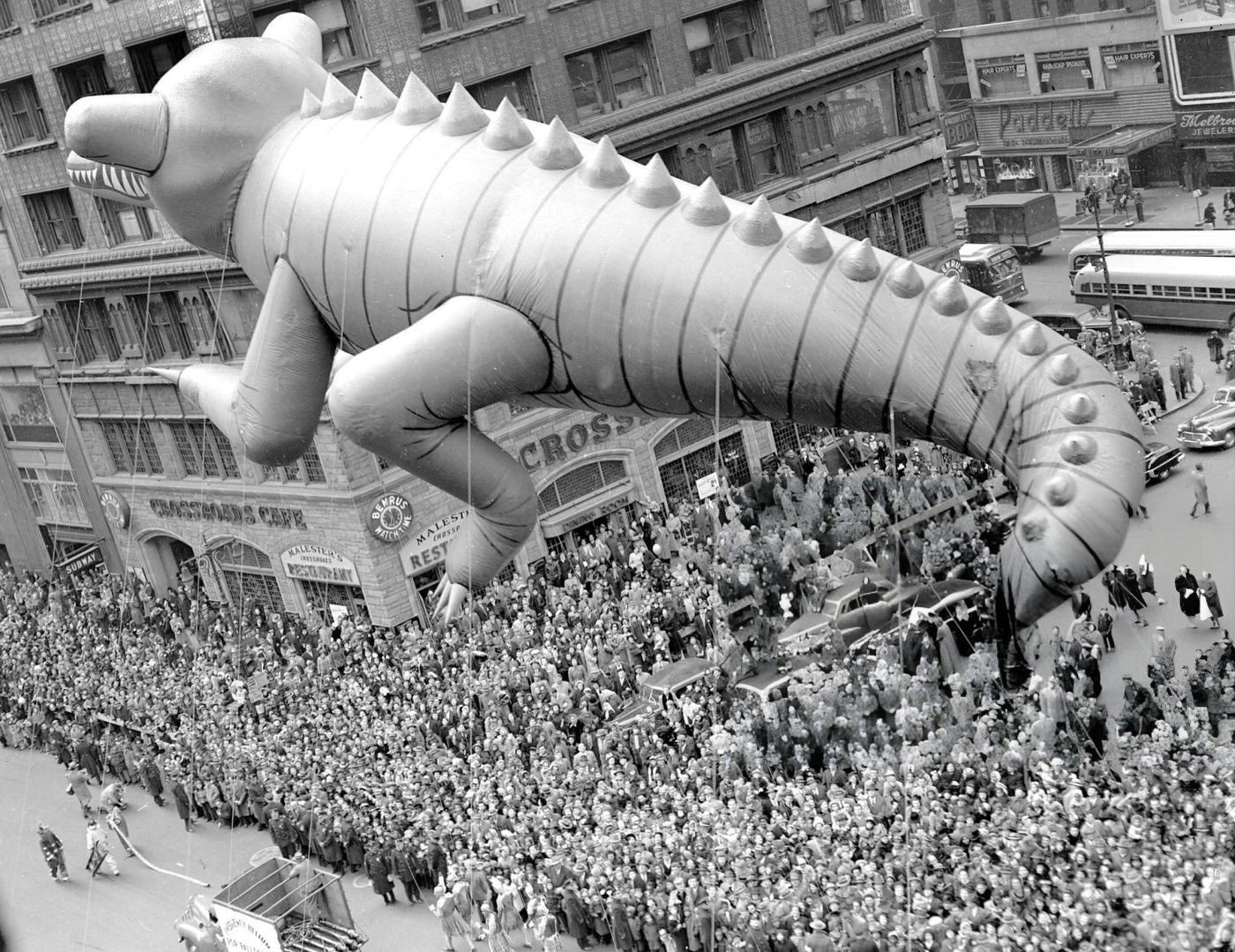

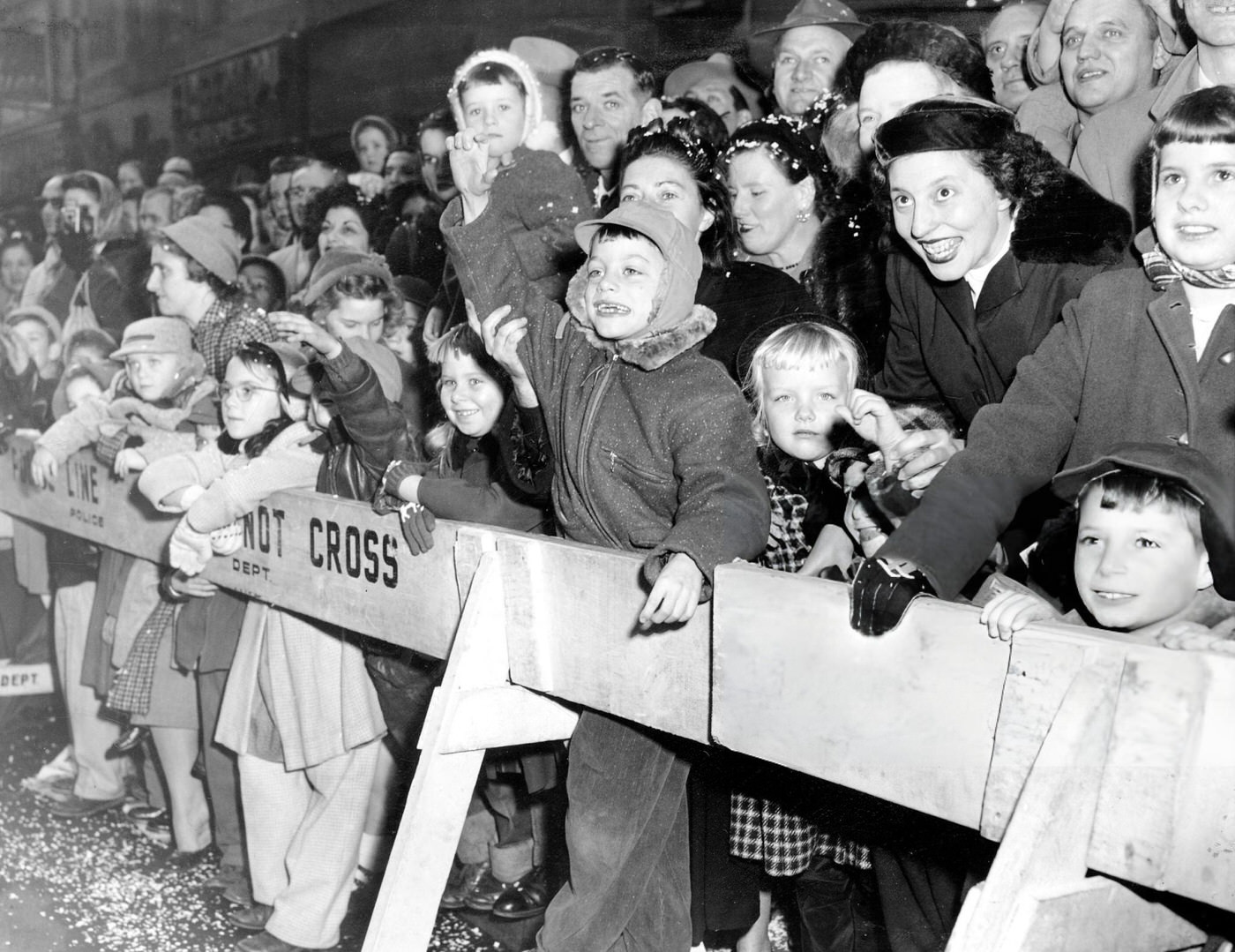
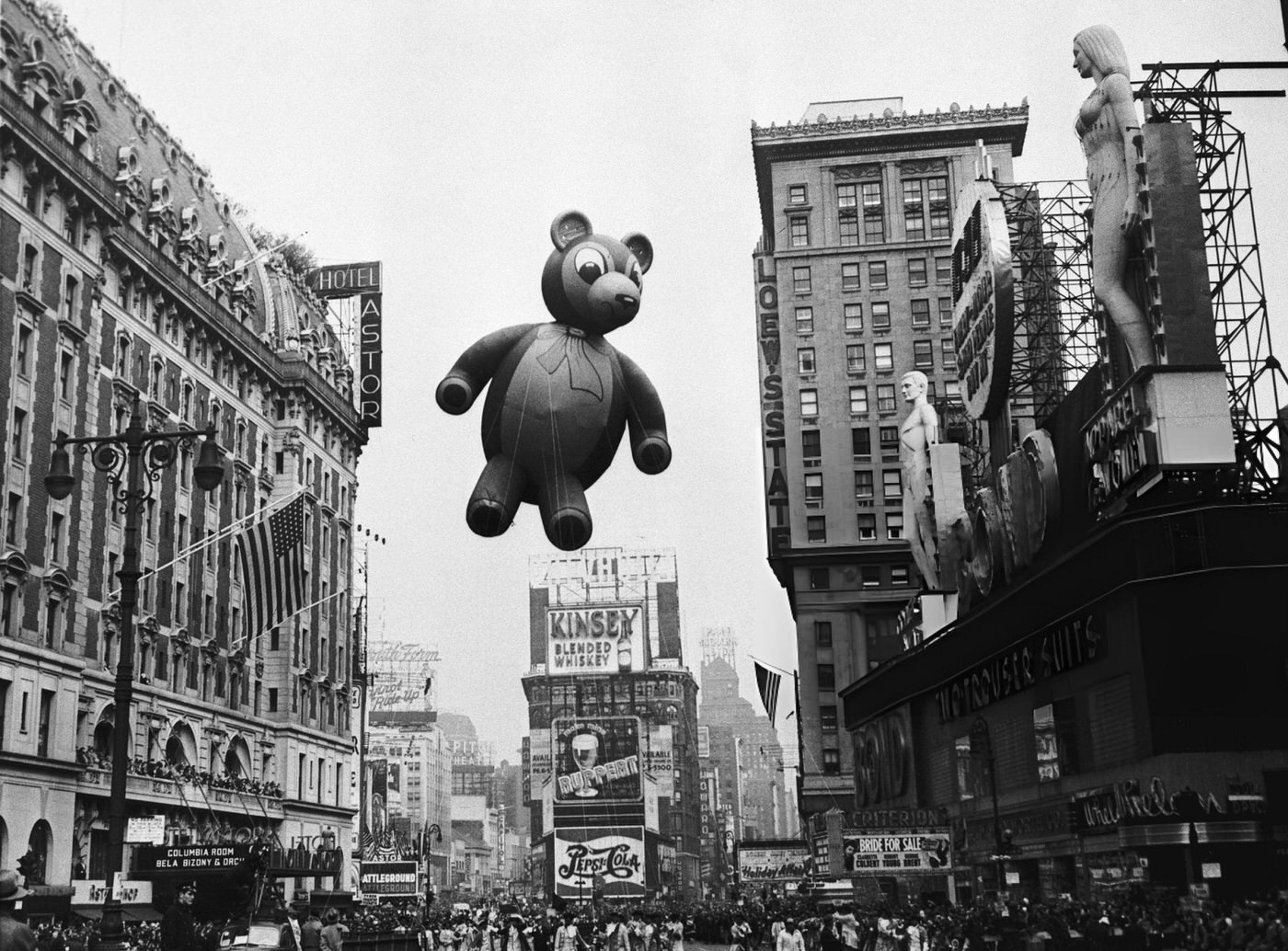
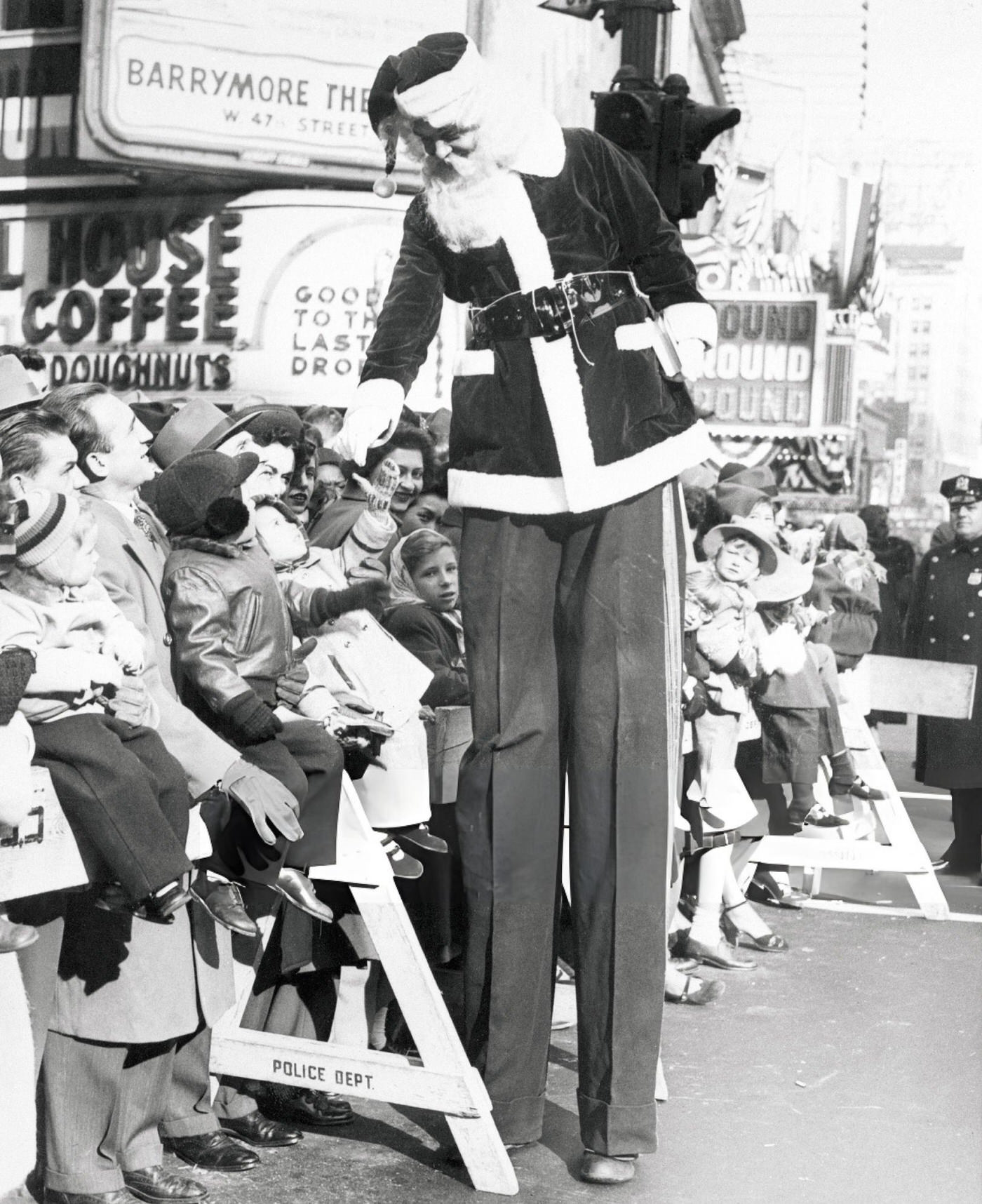


GIPHY App Key not set. Please check settings